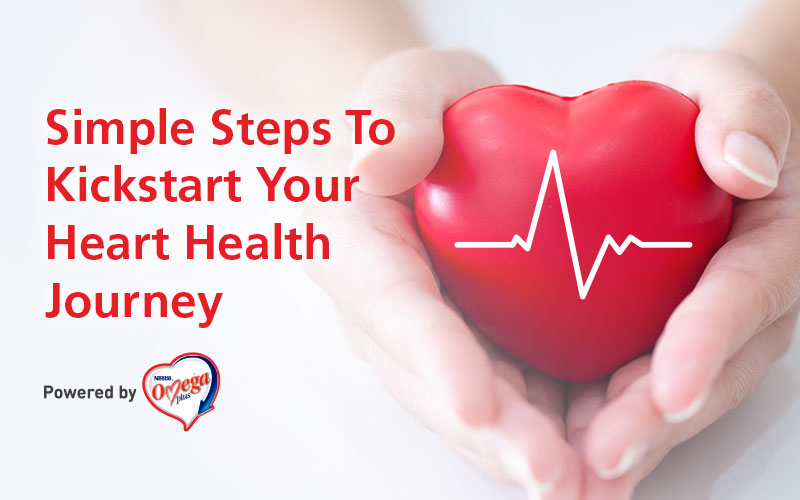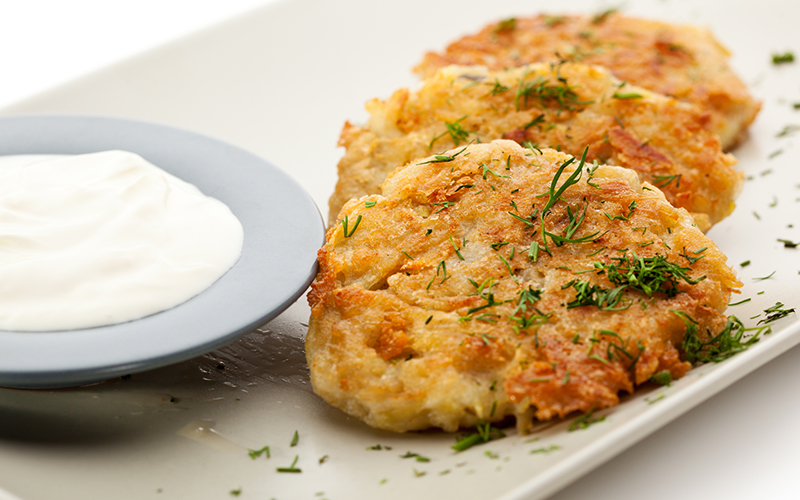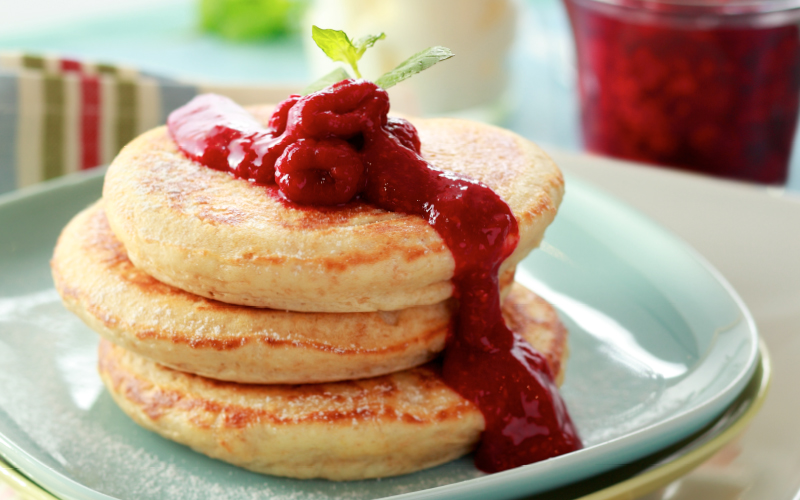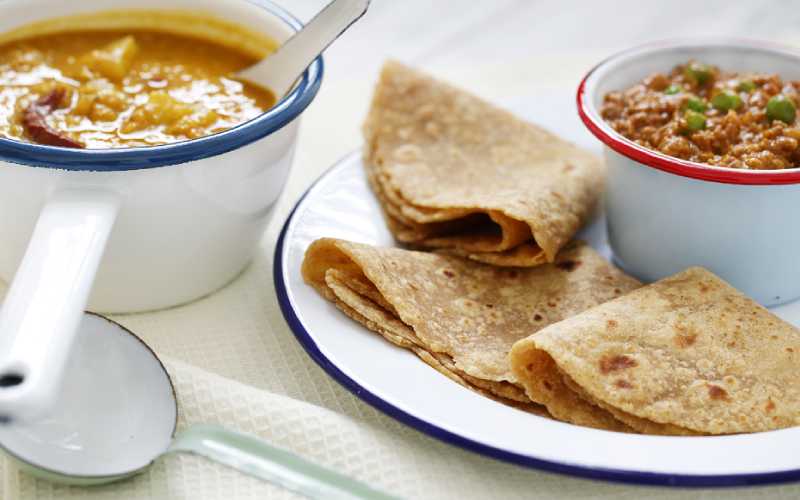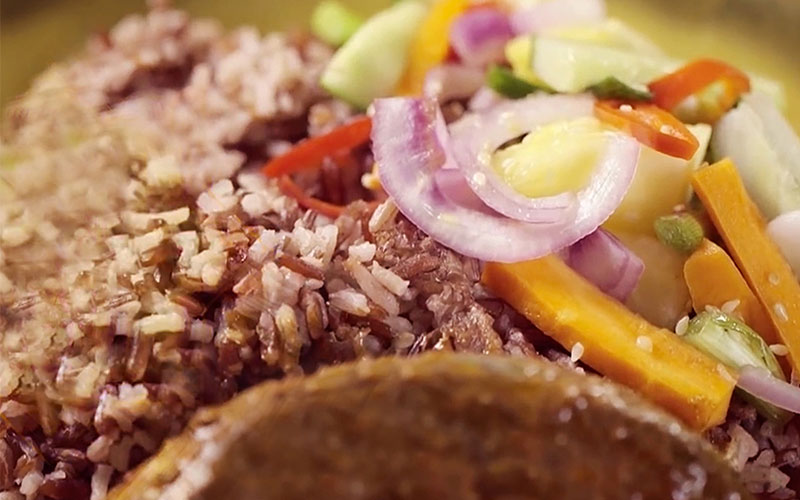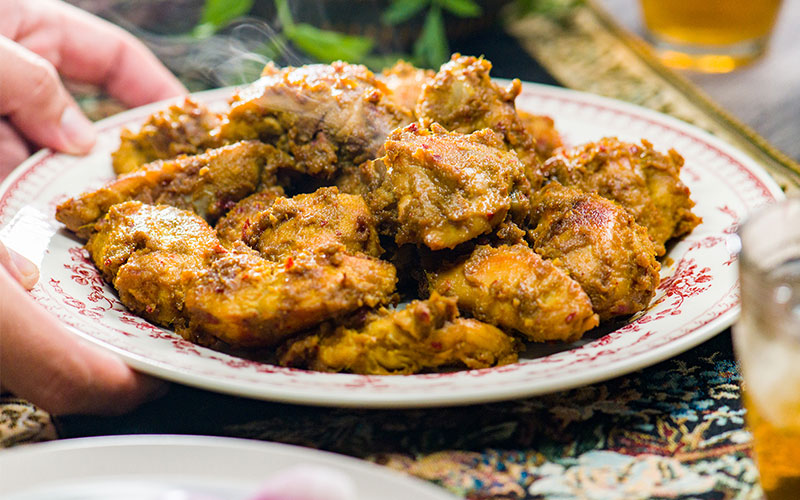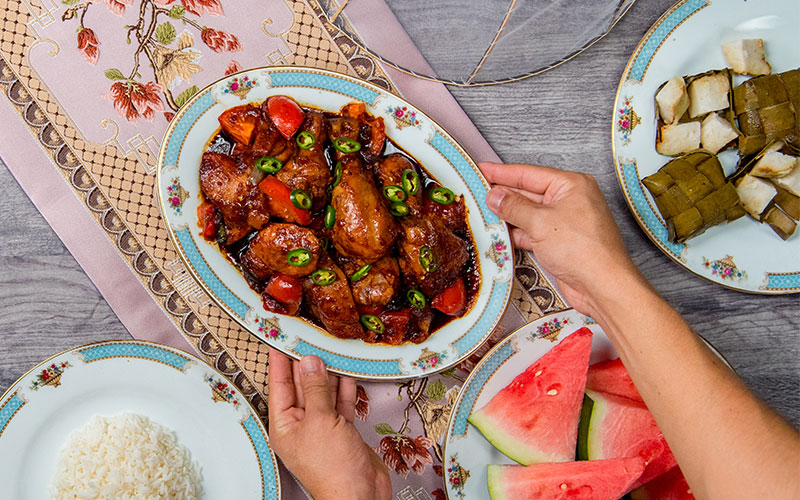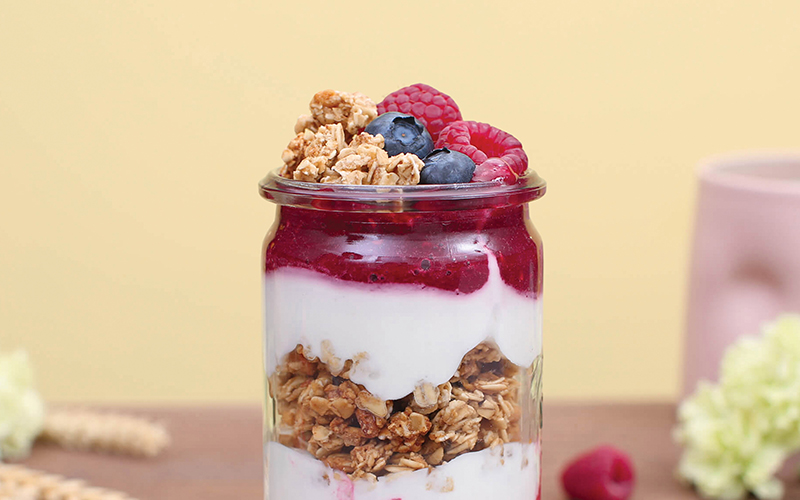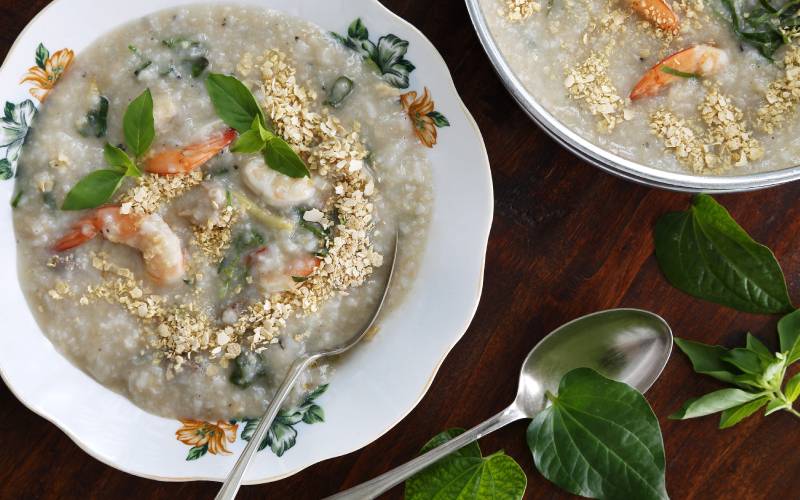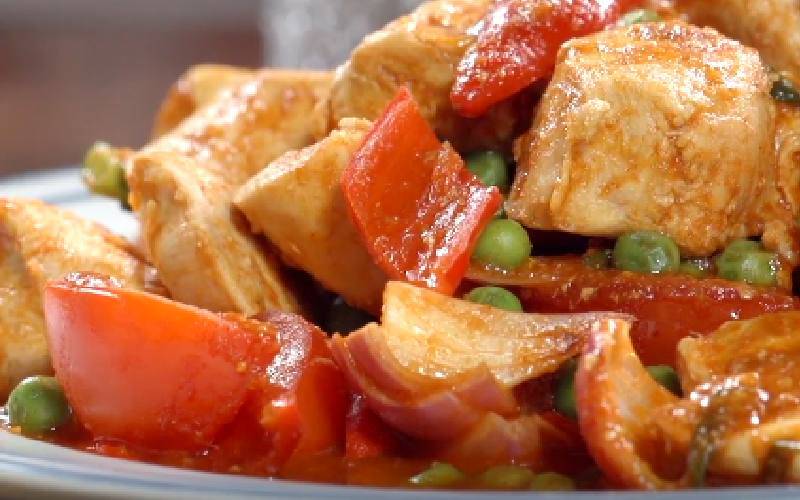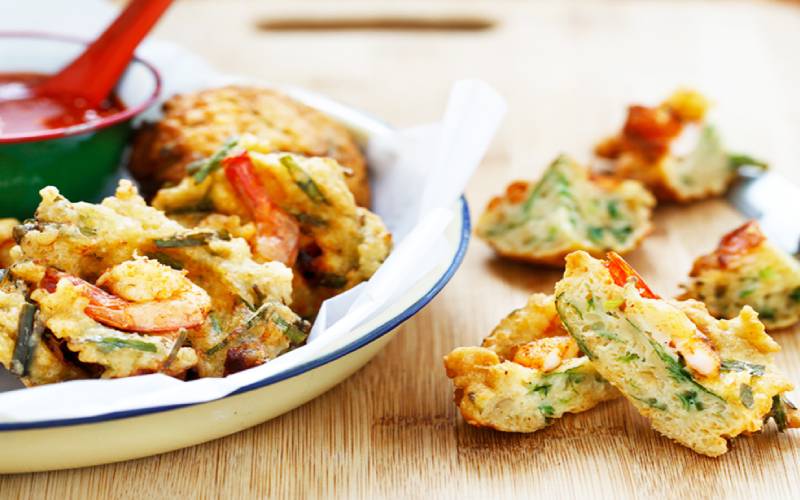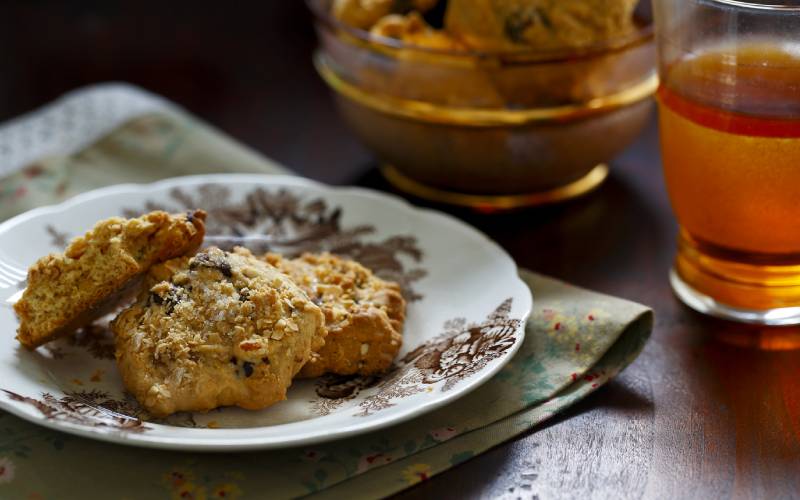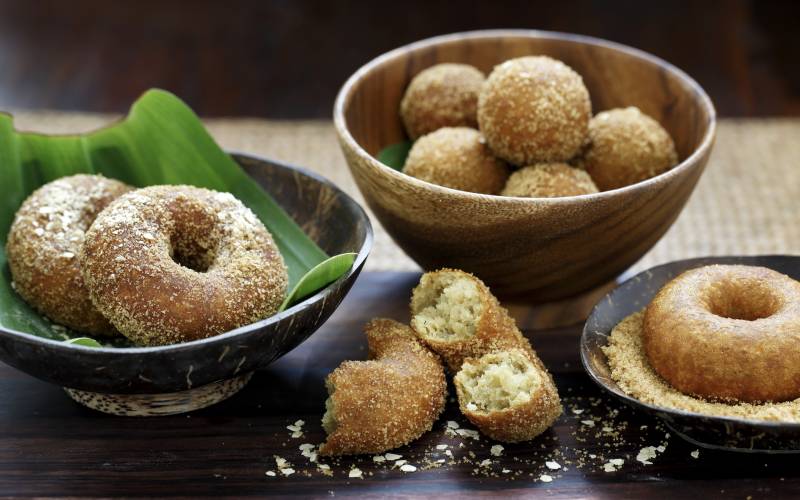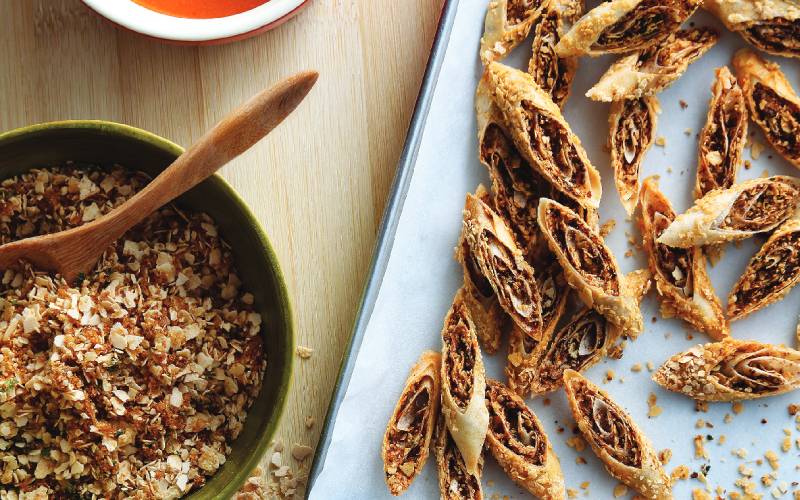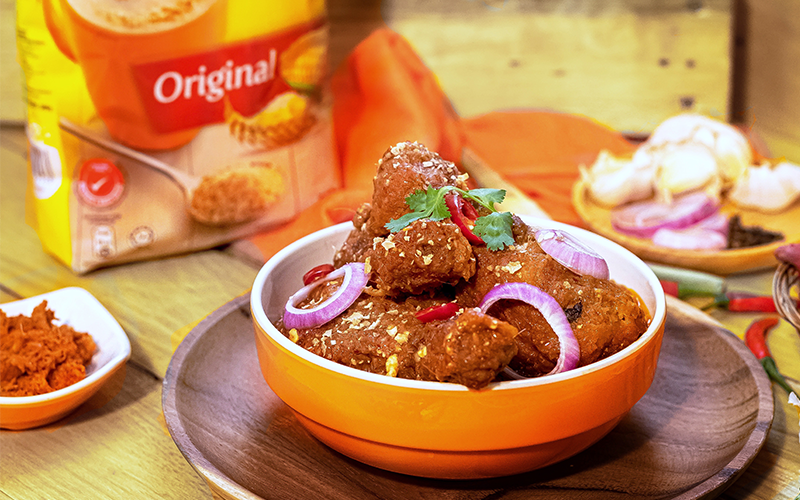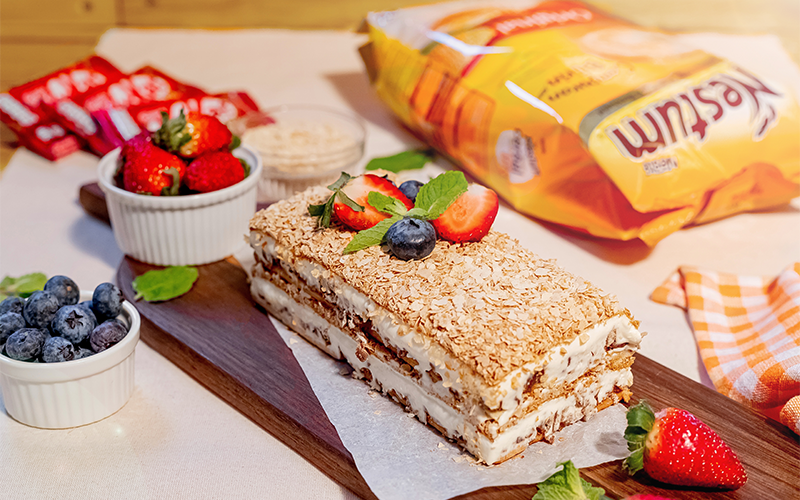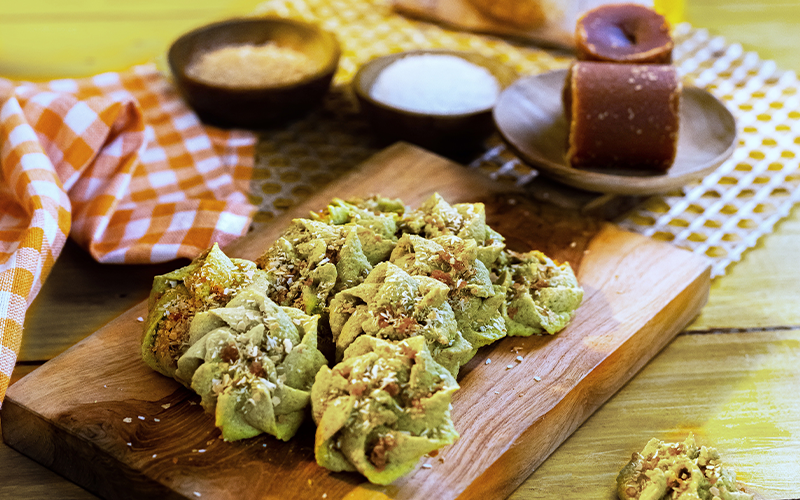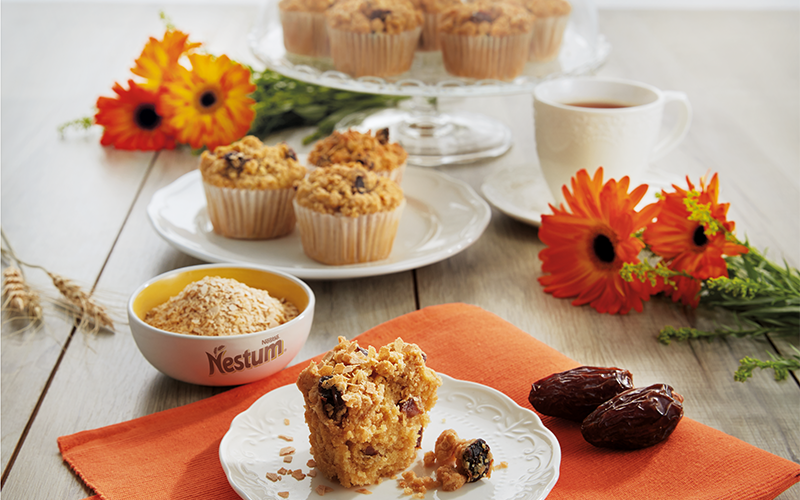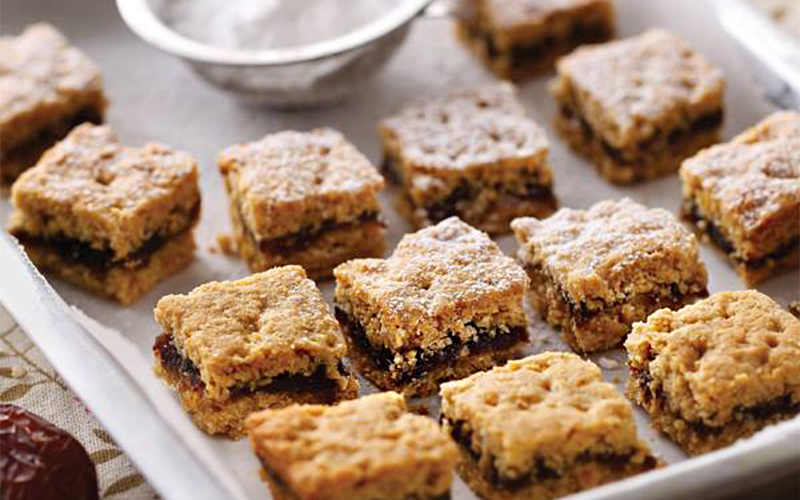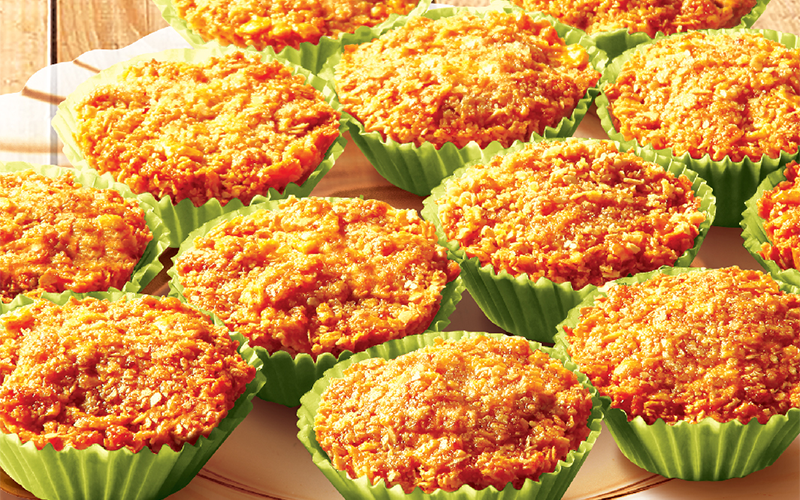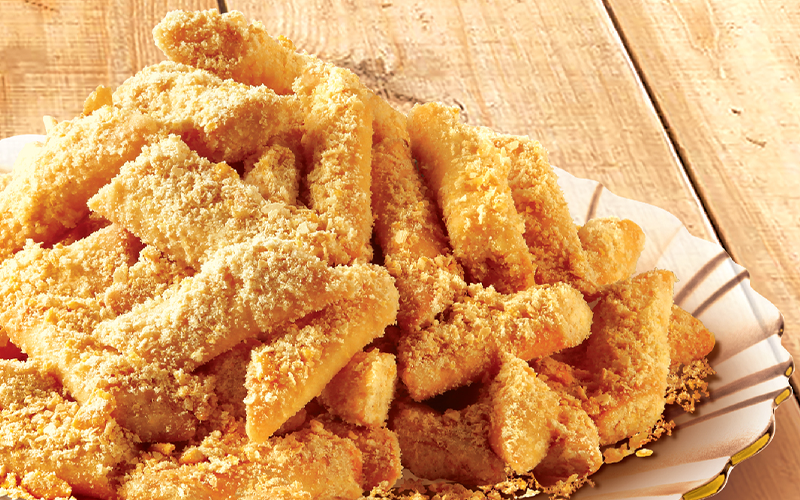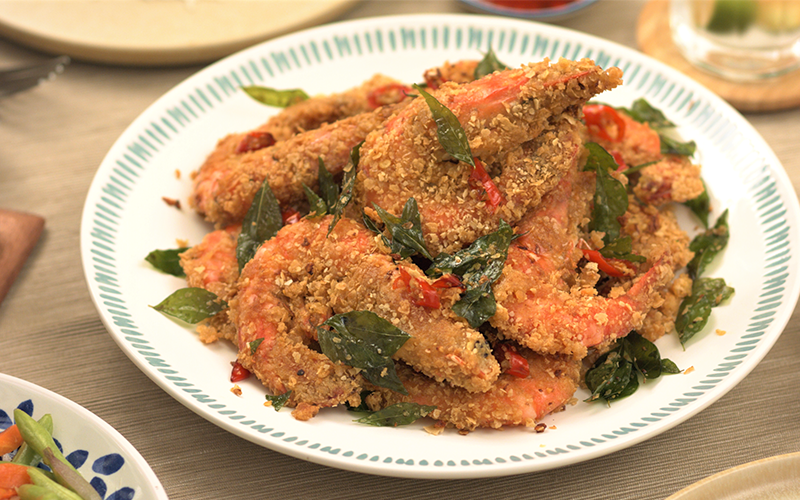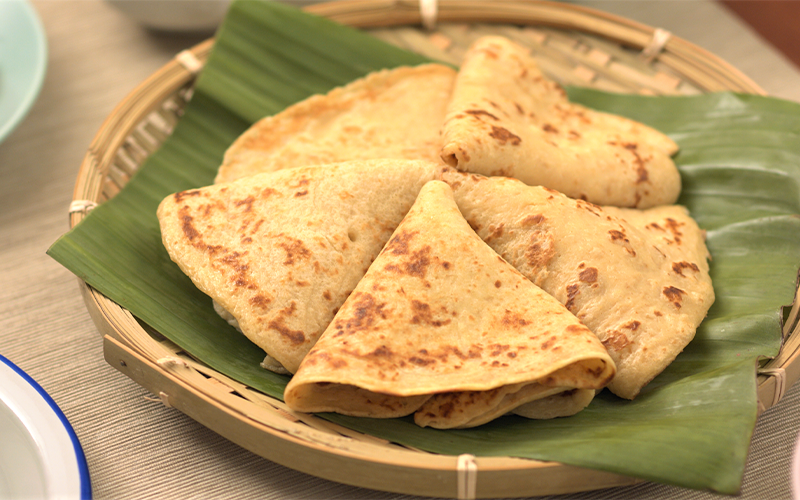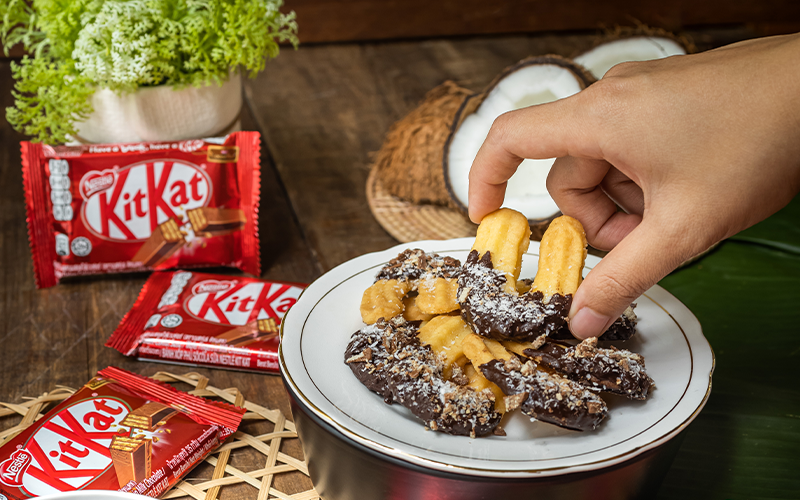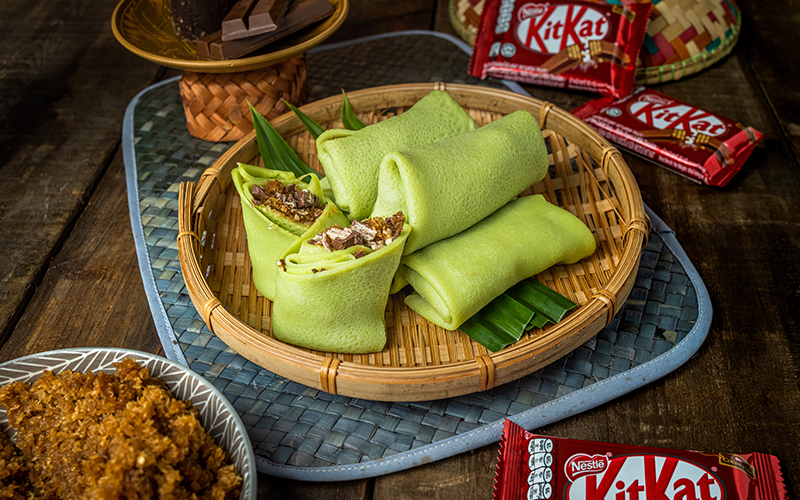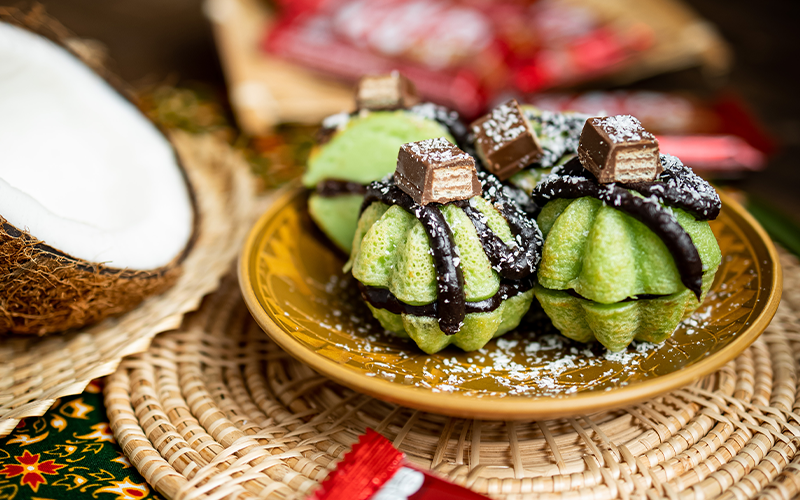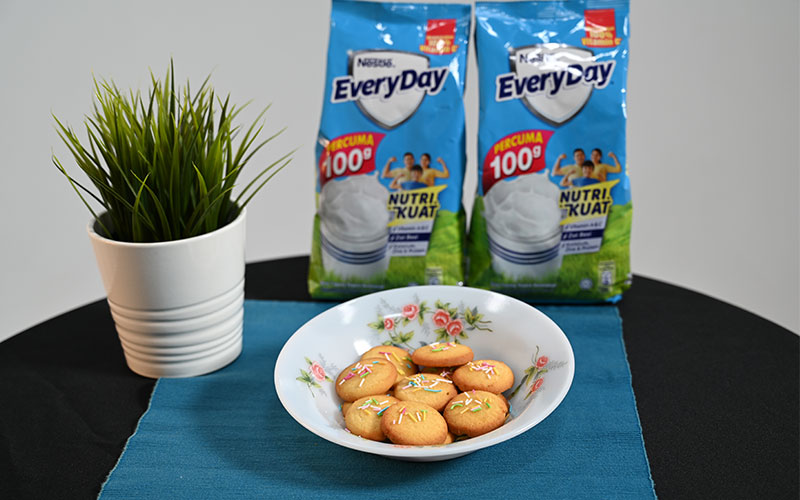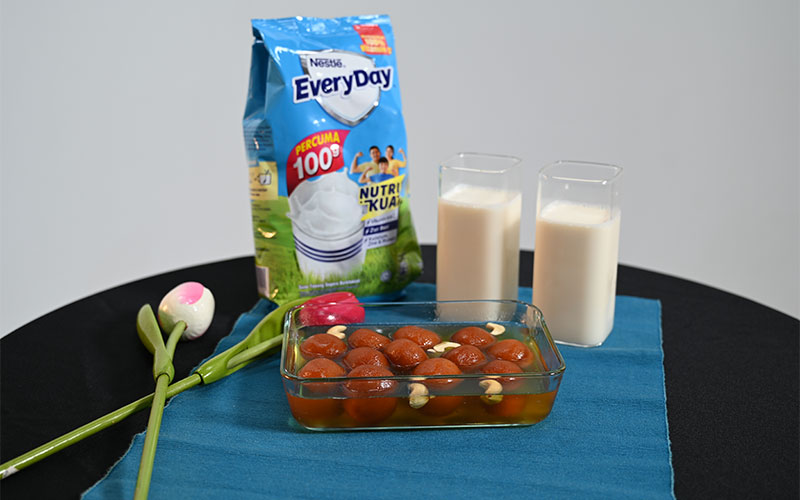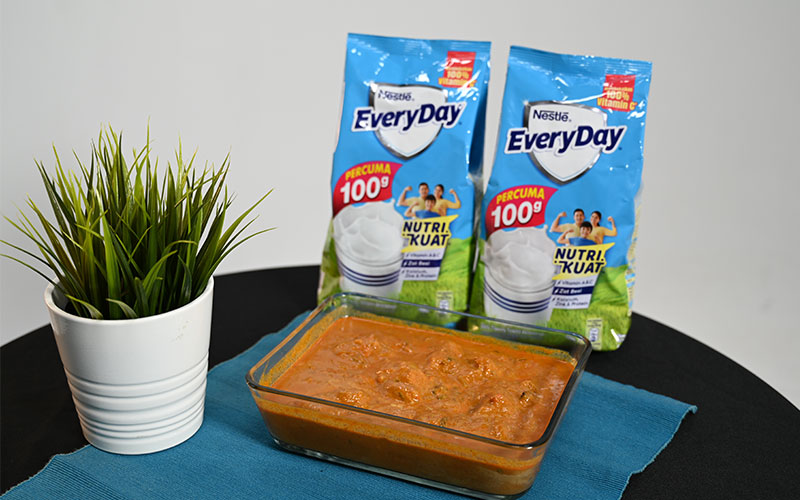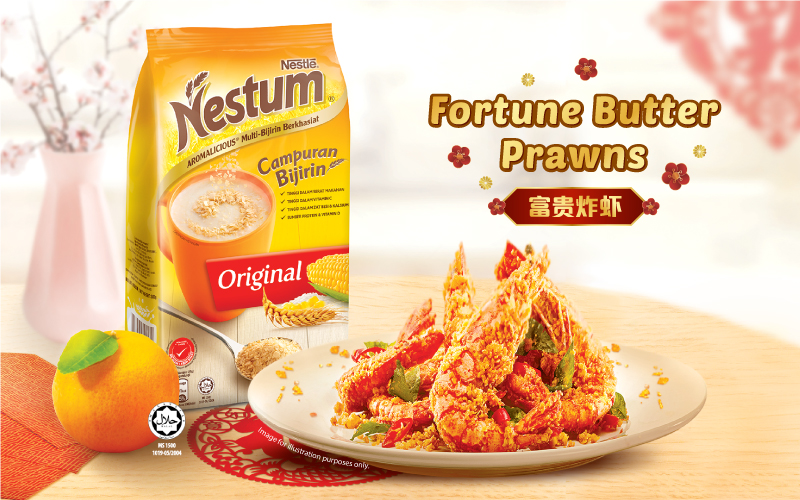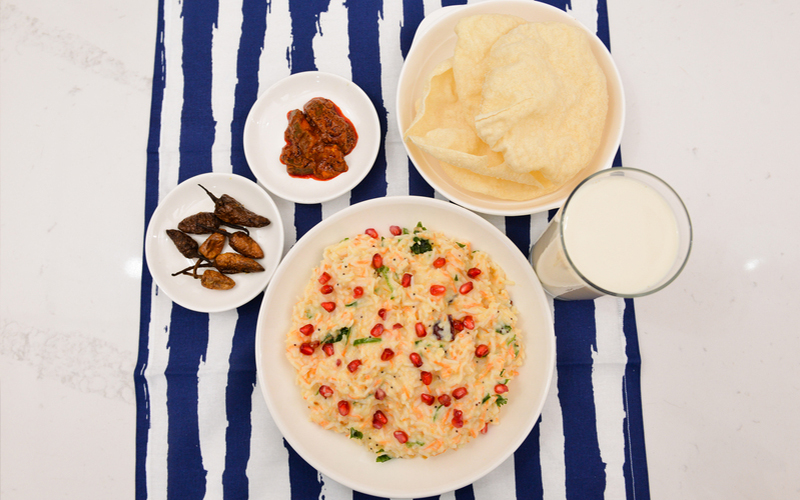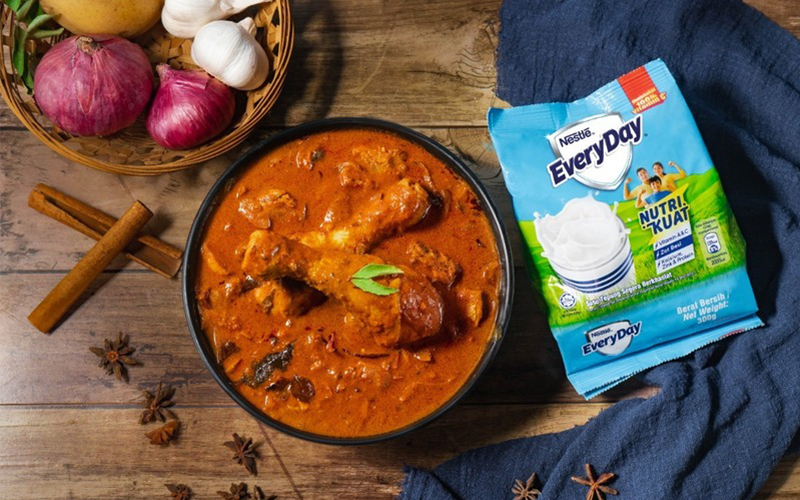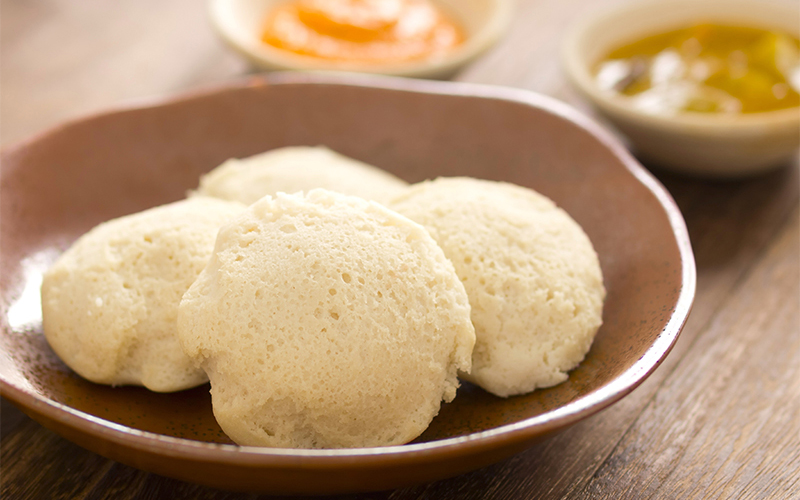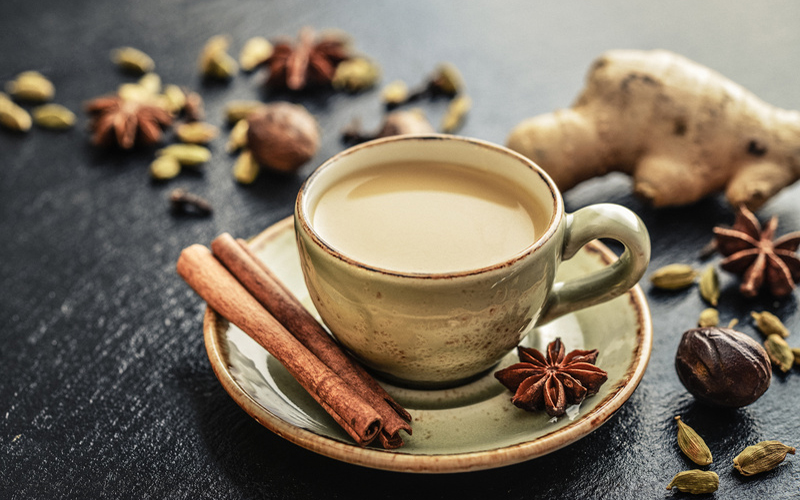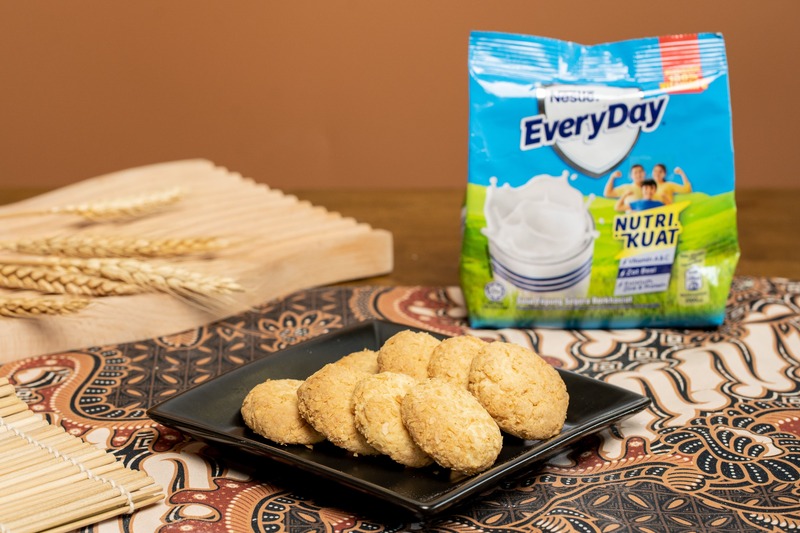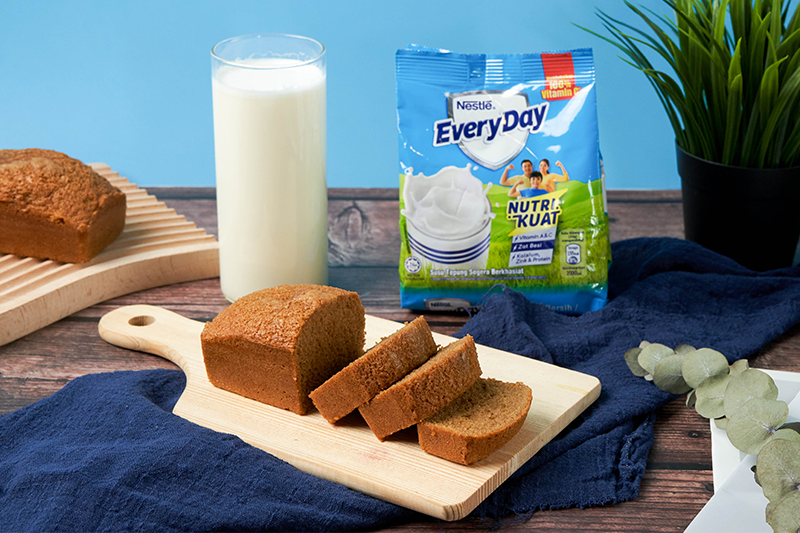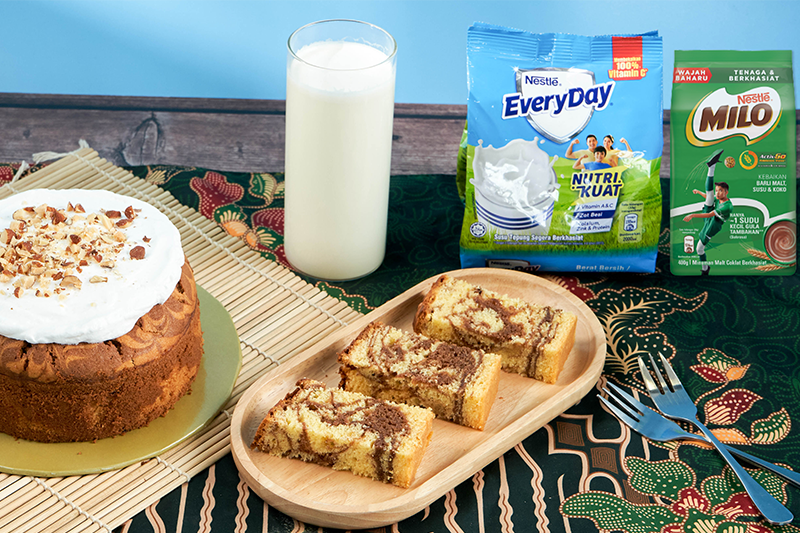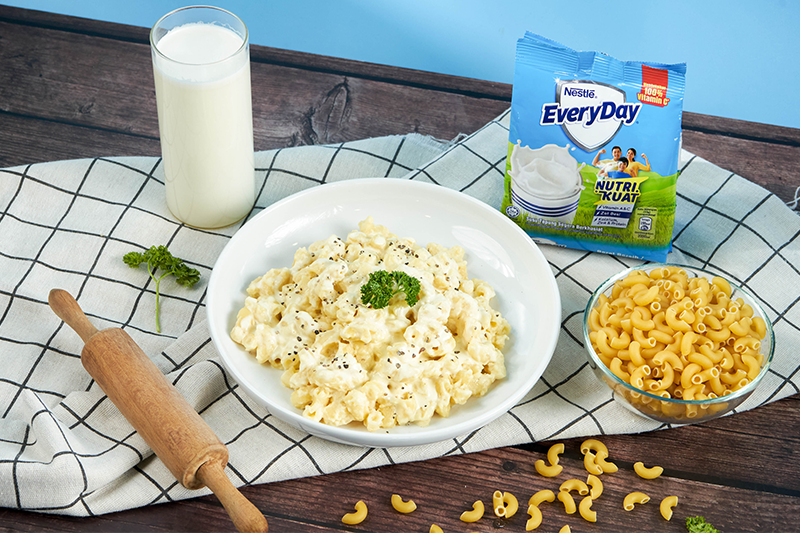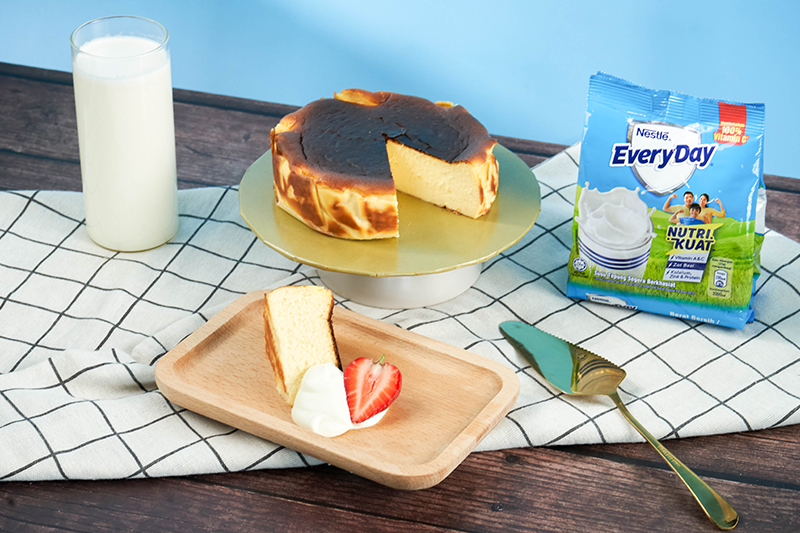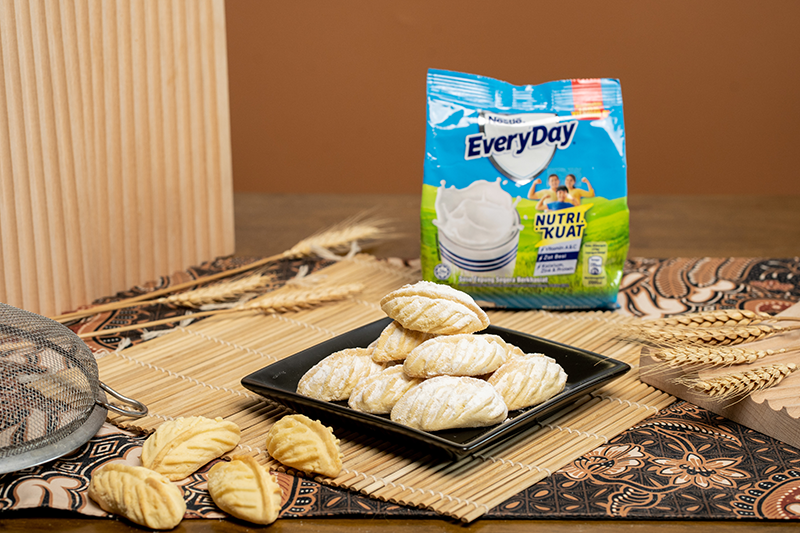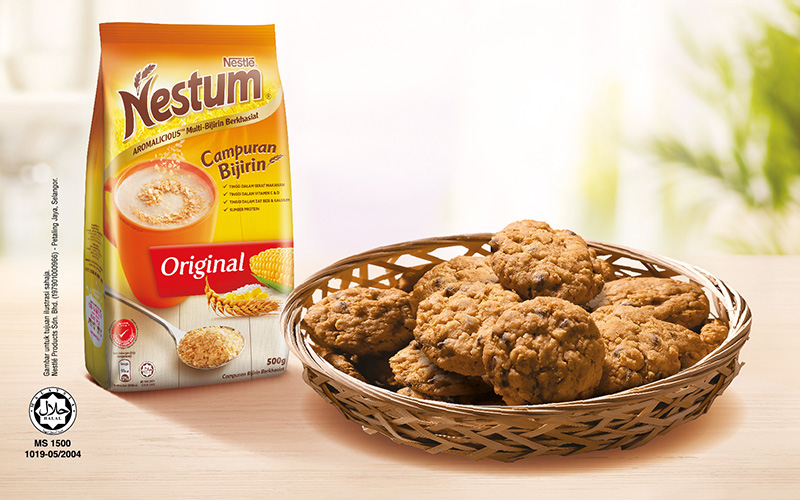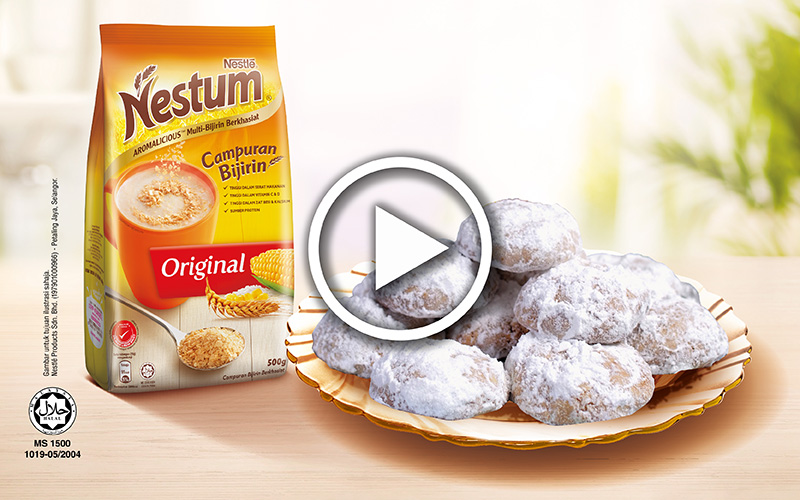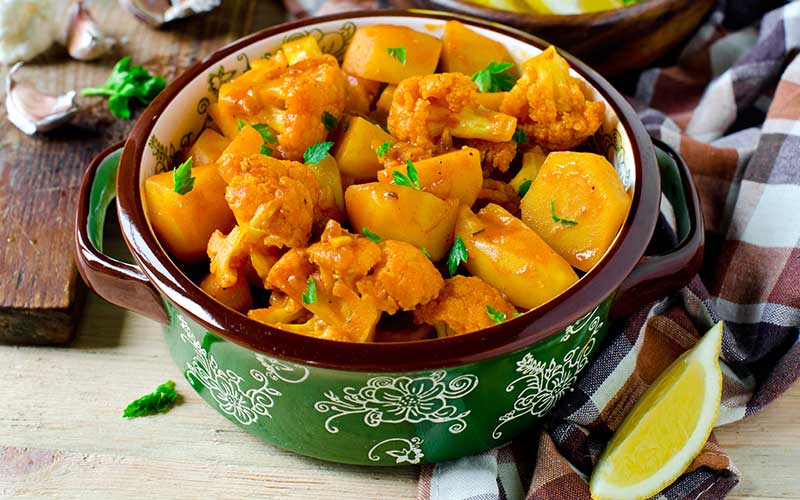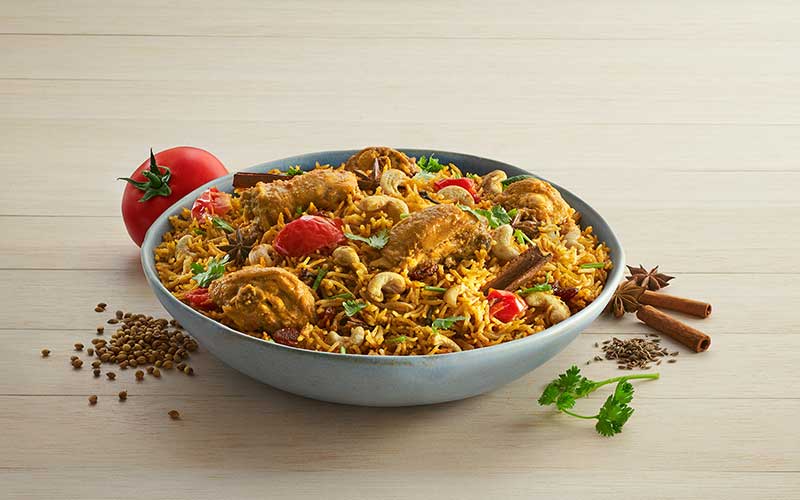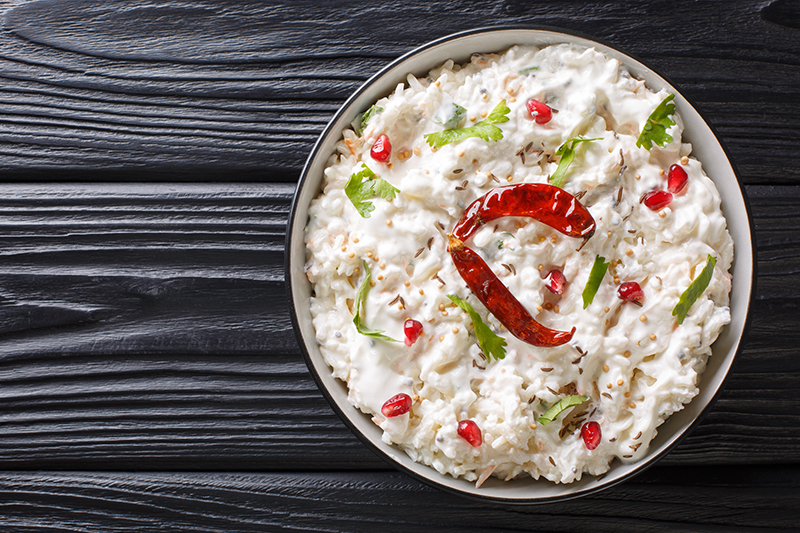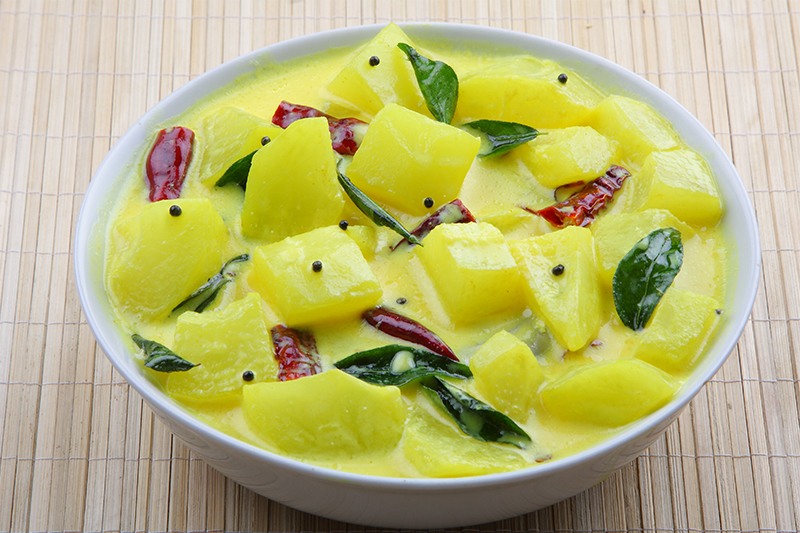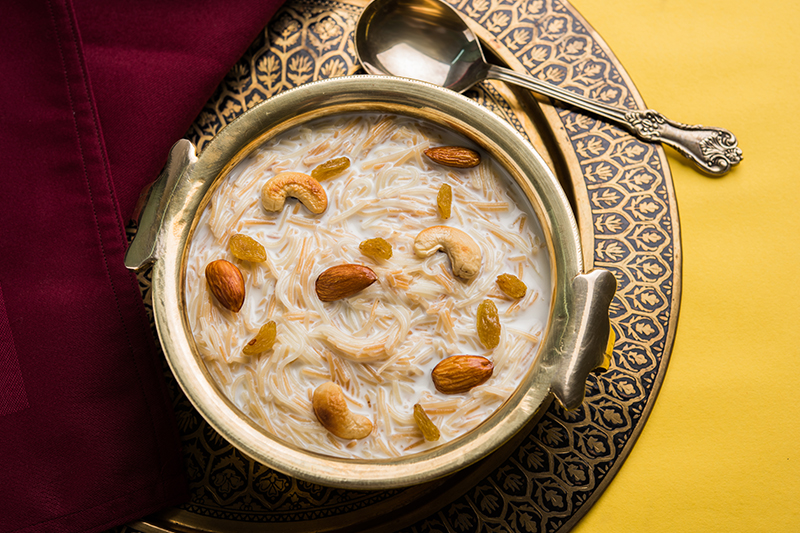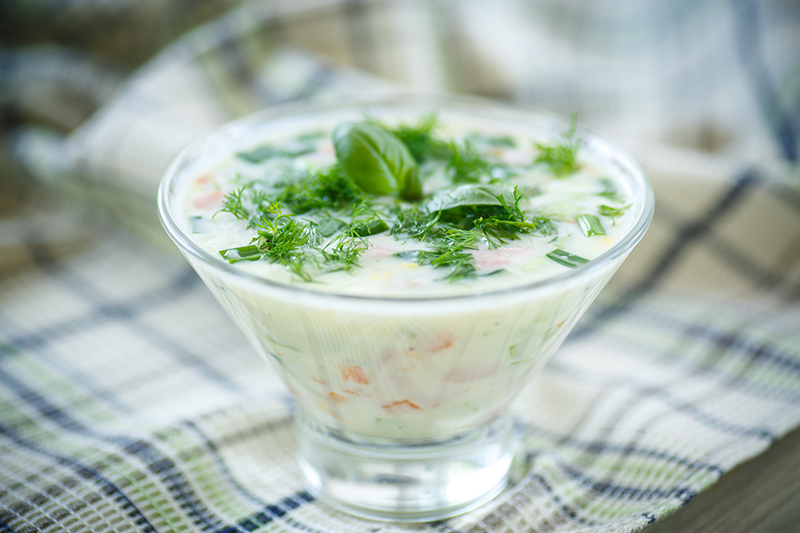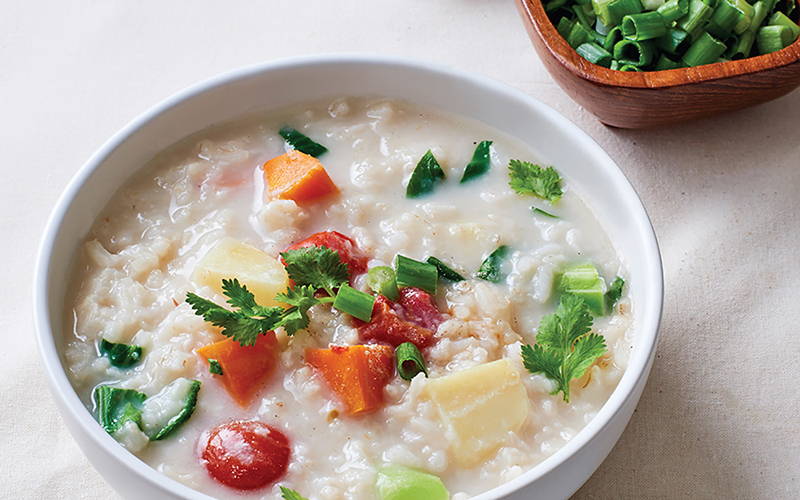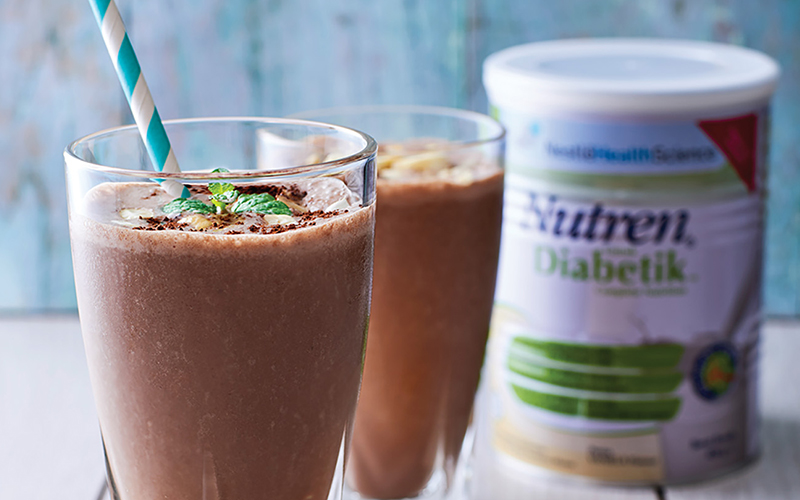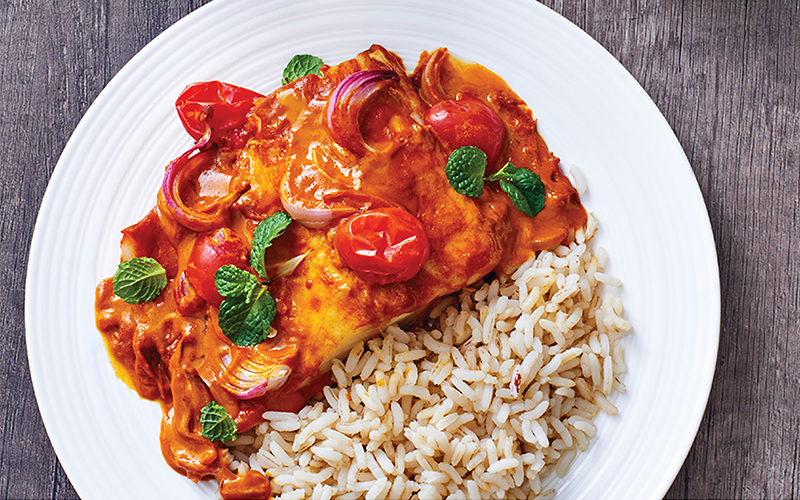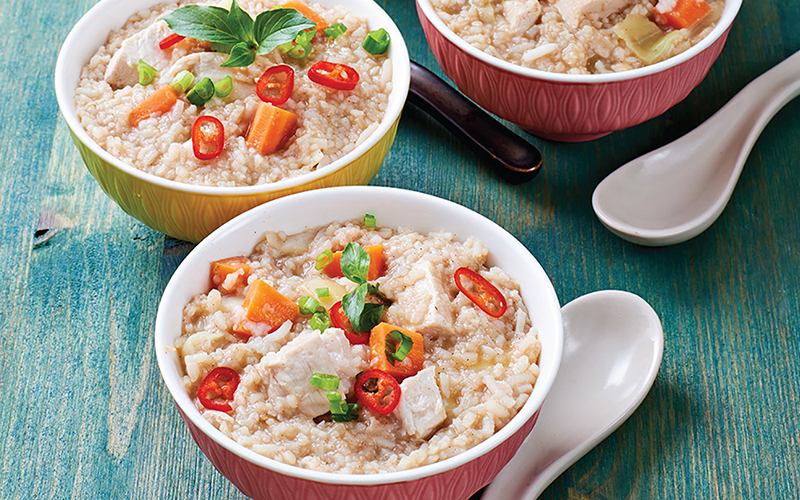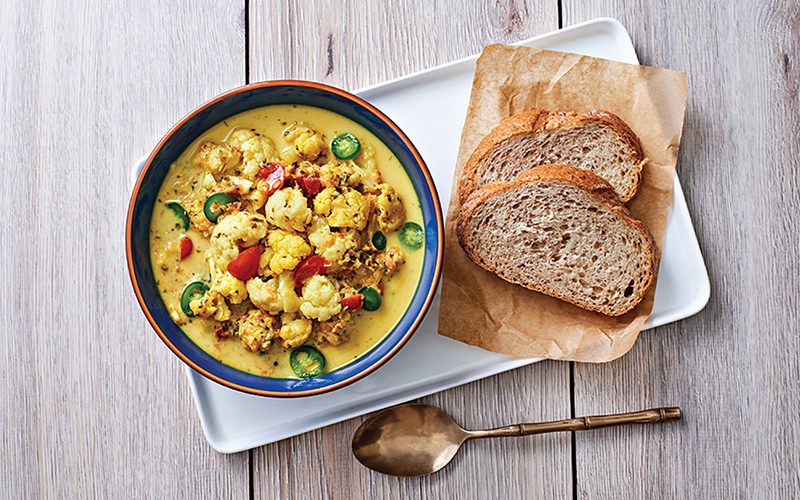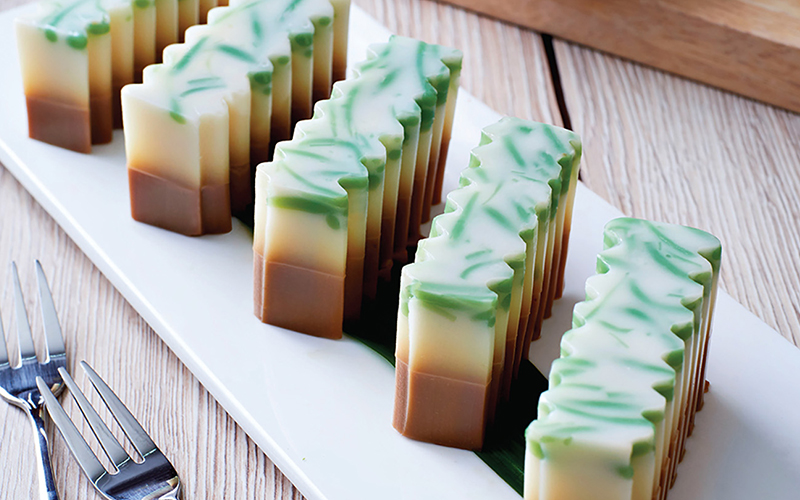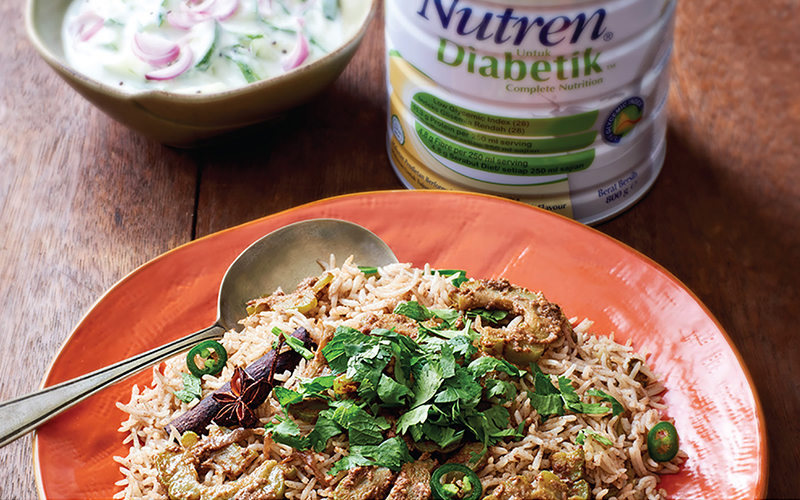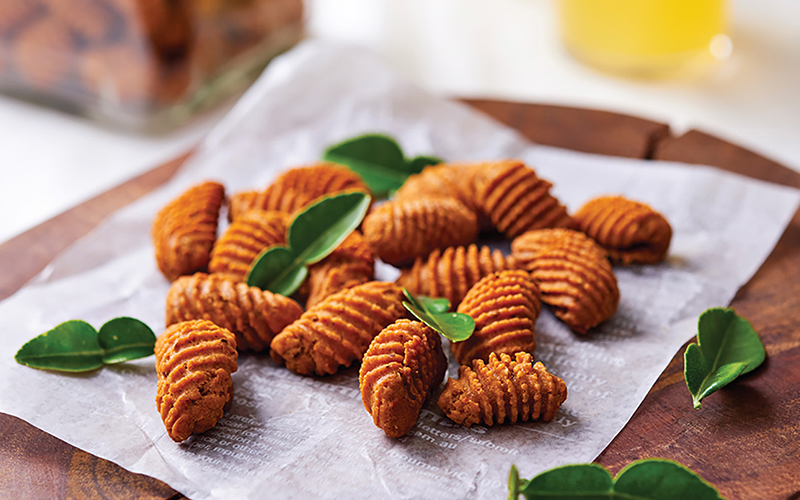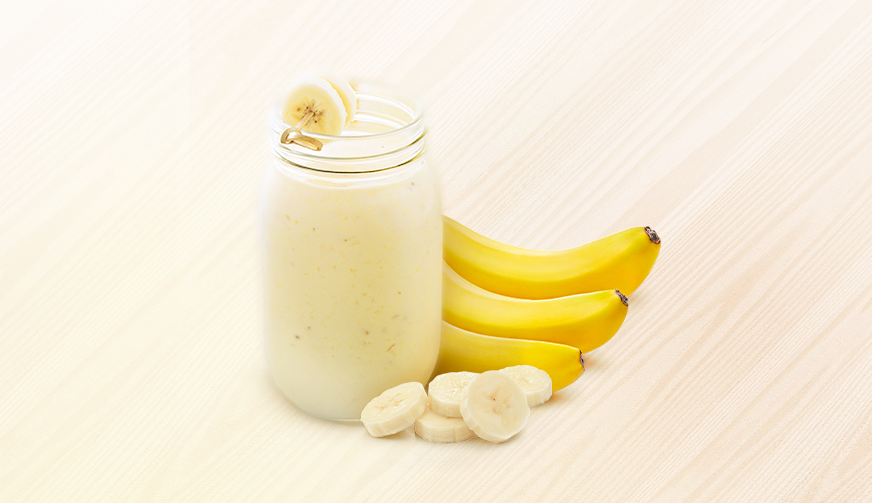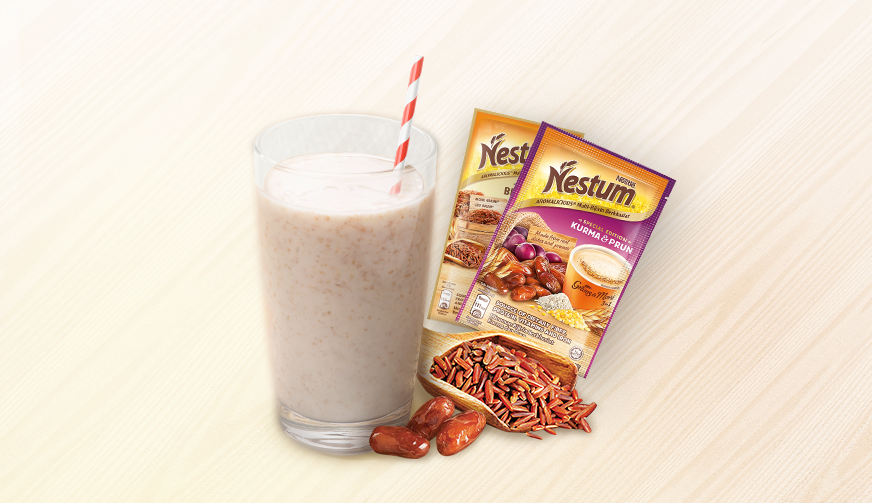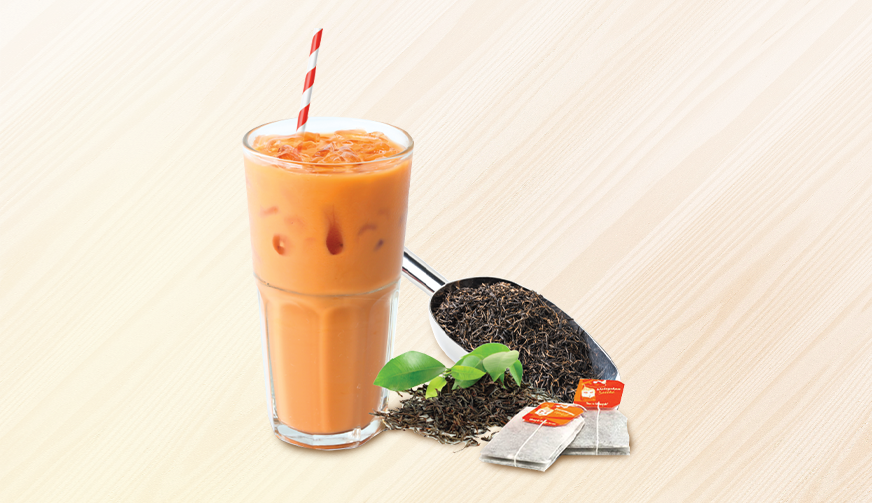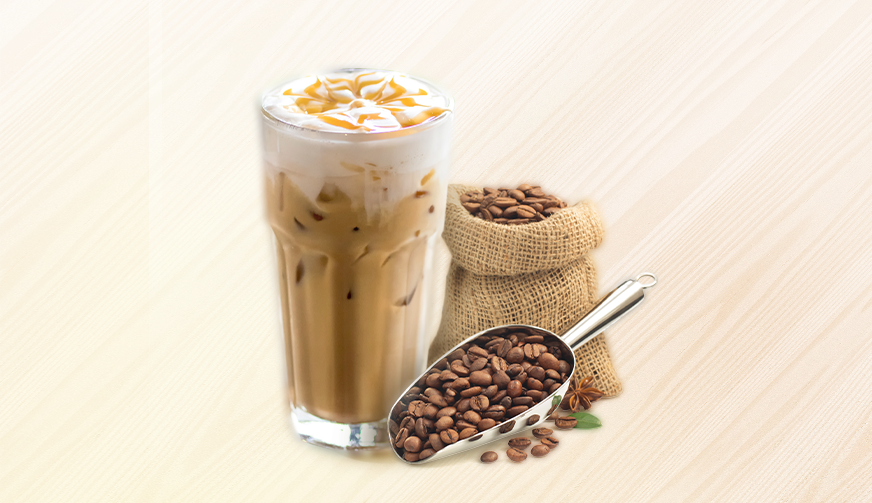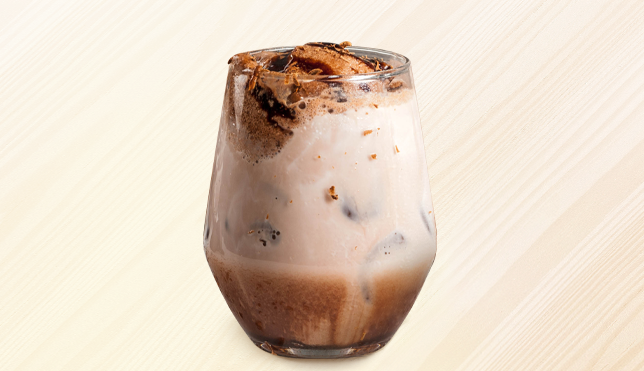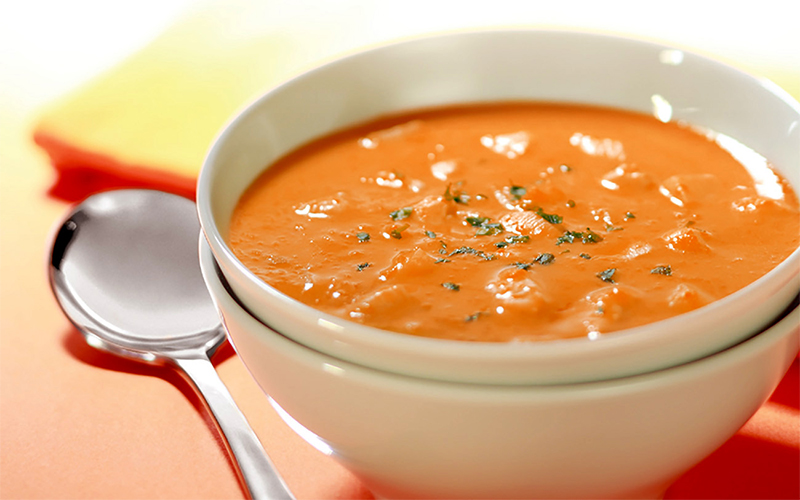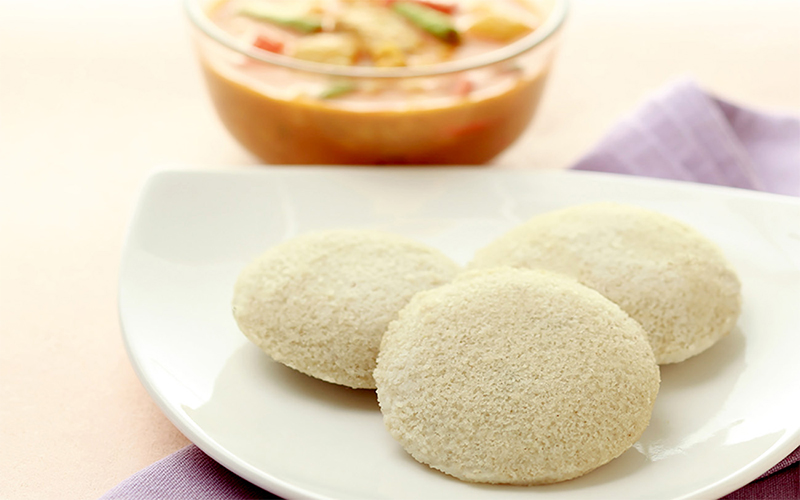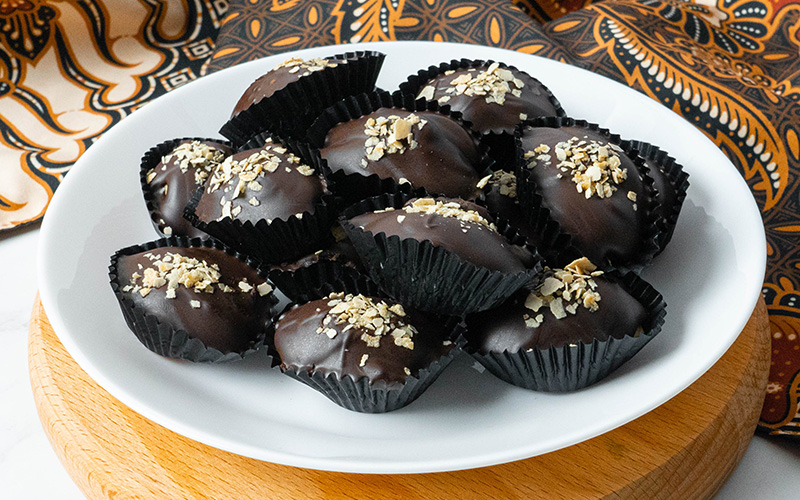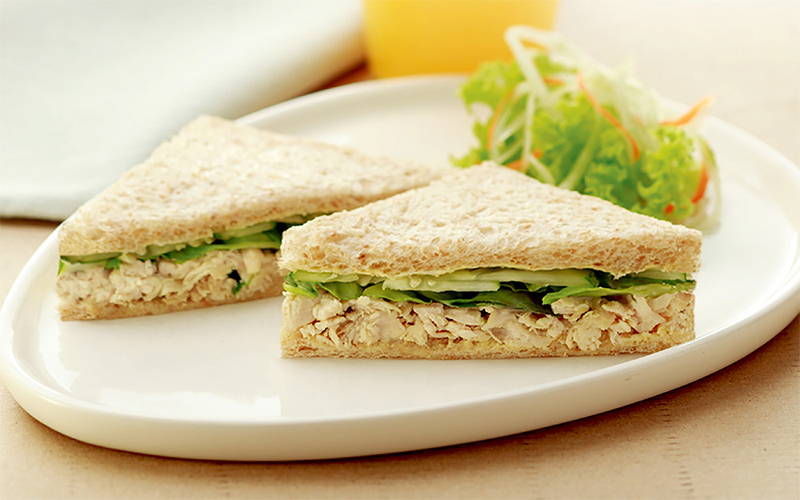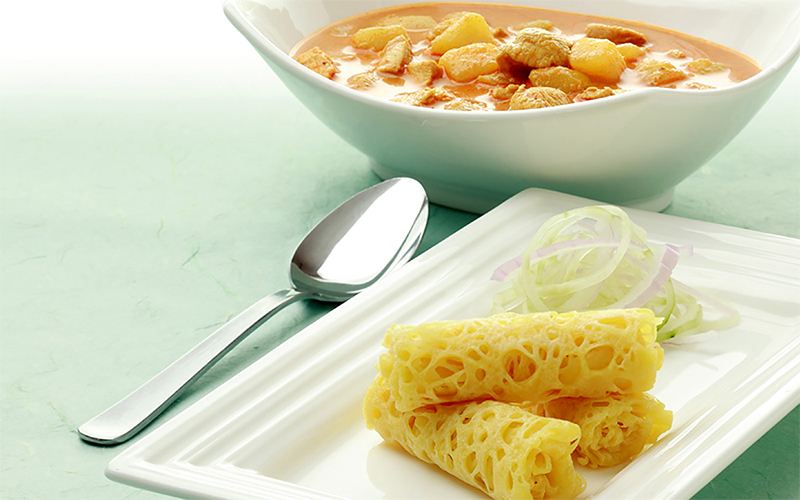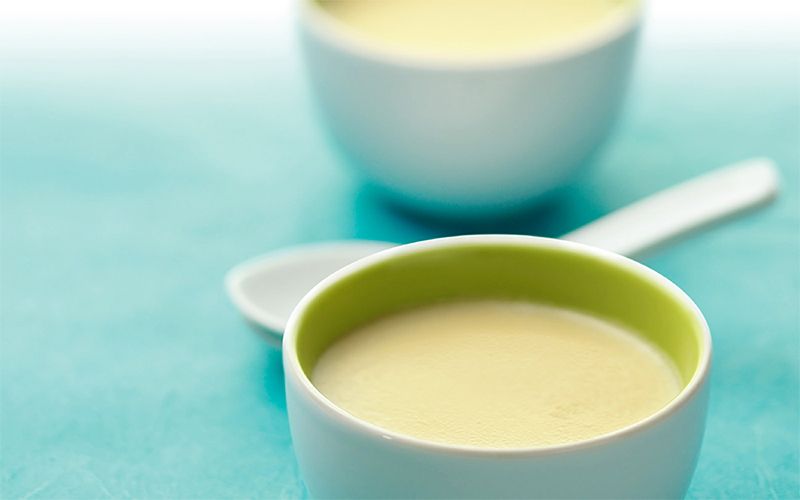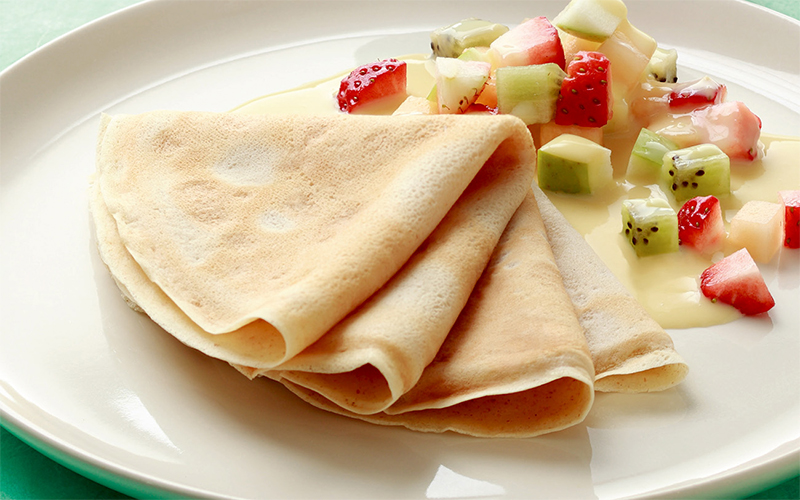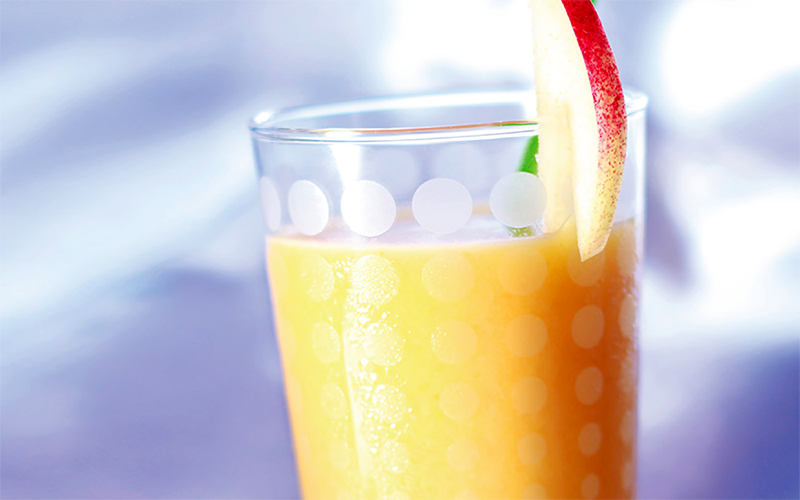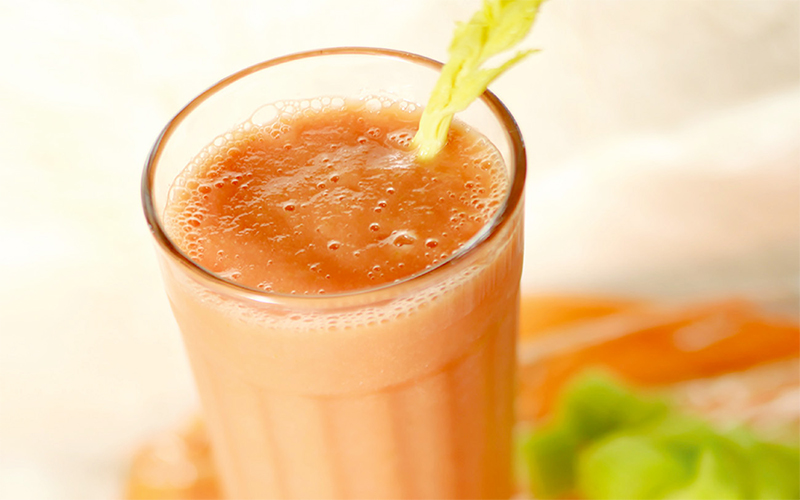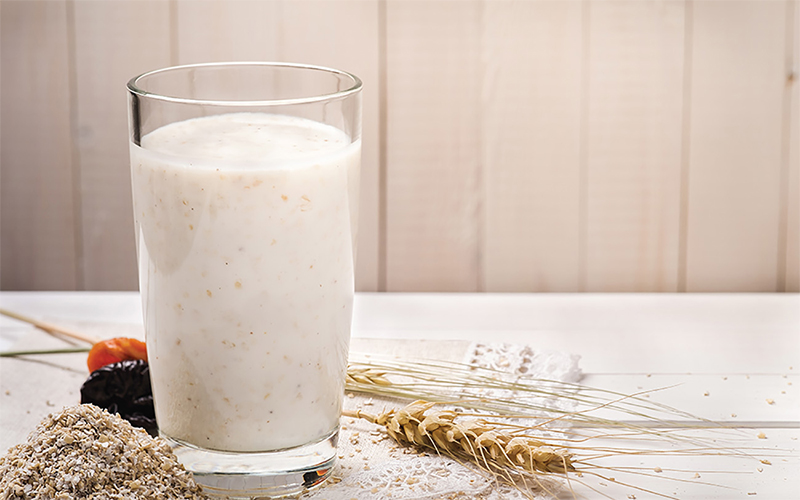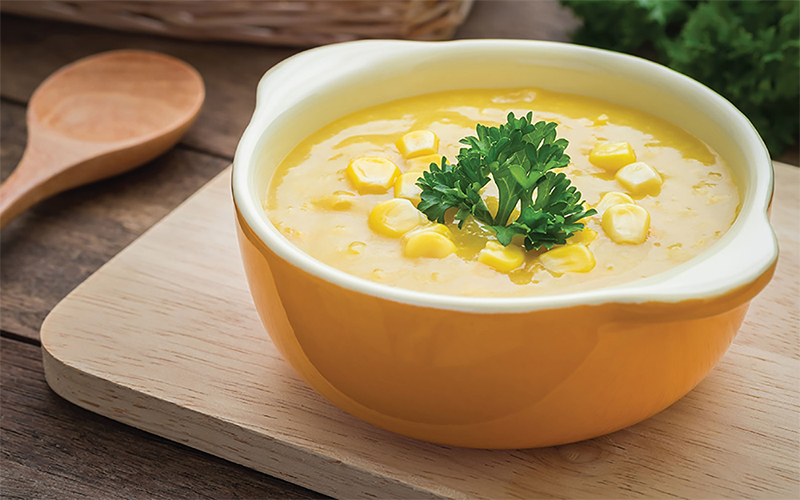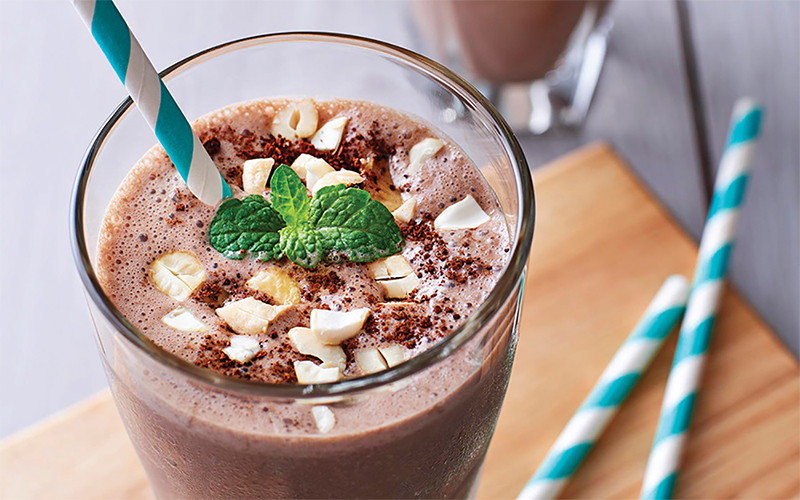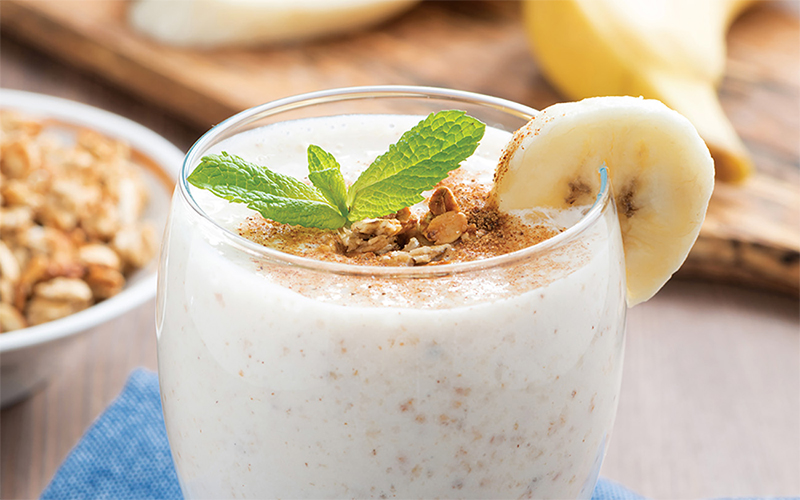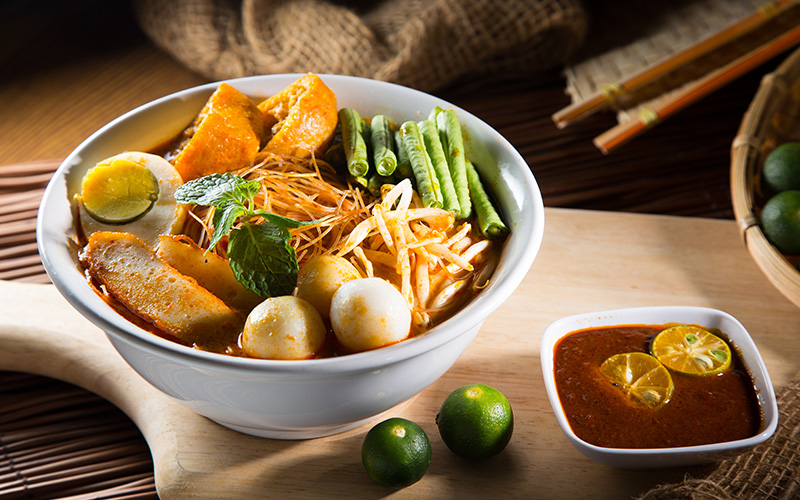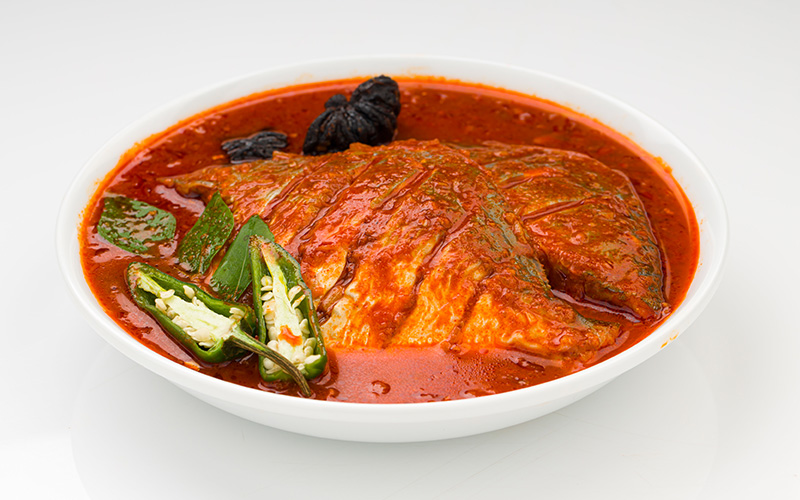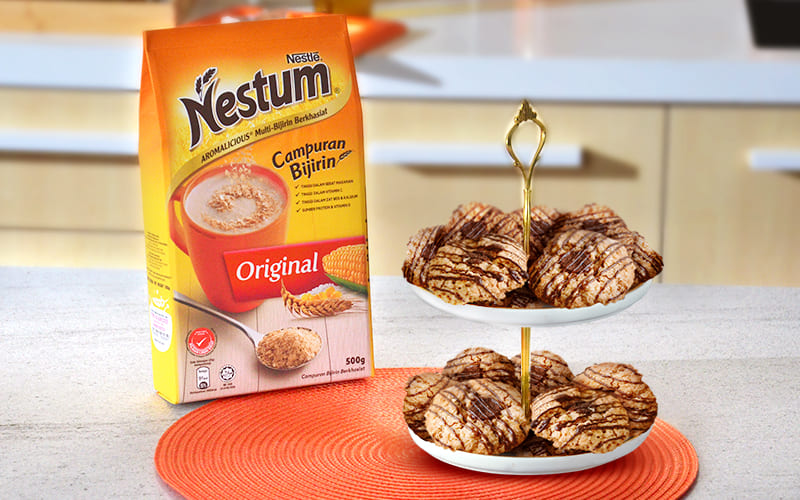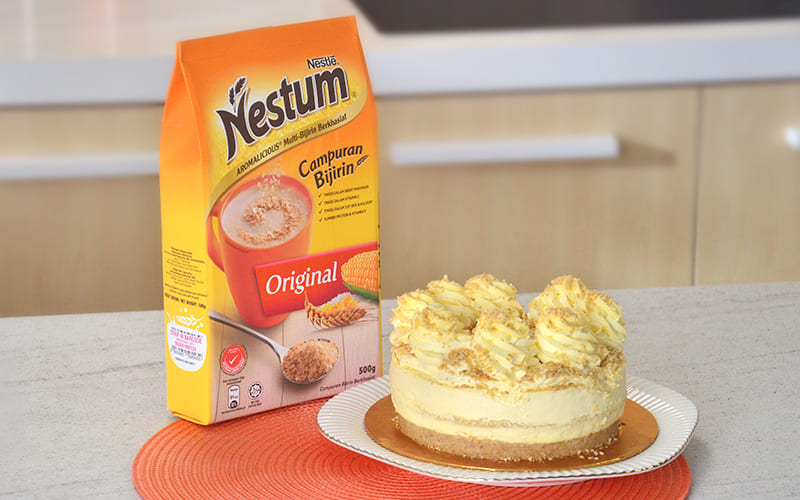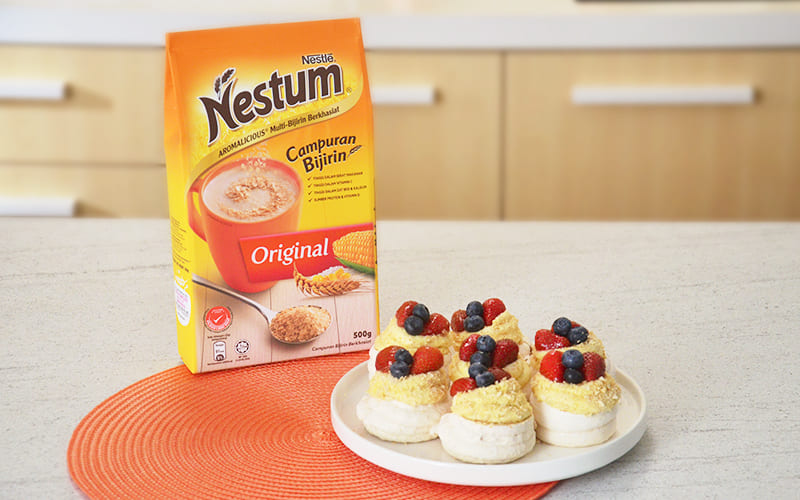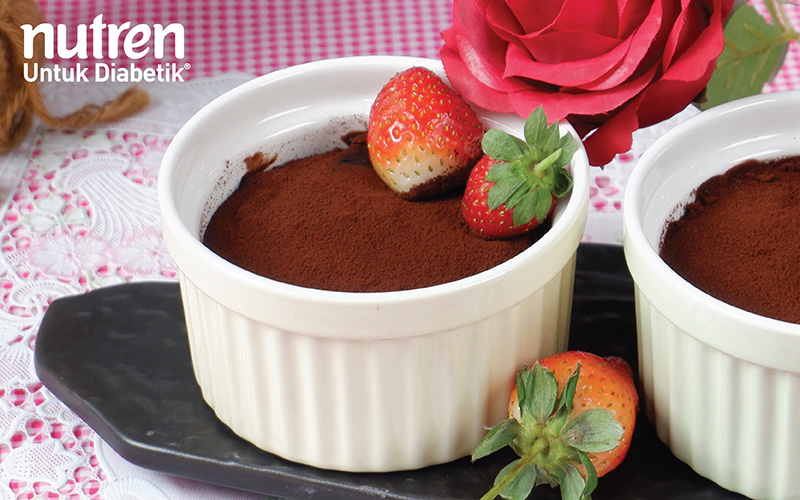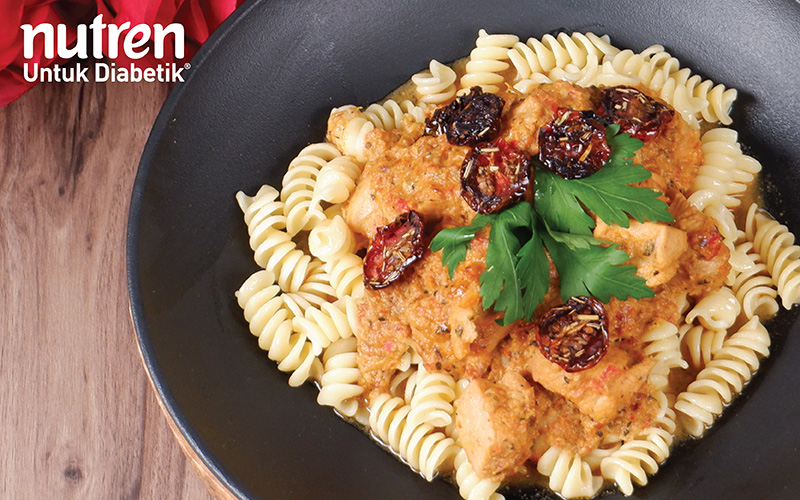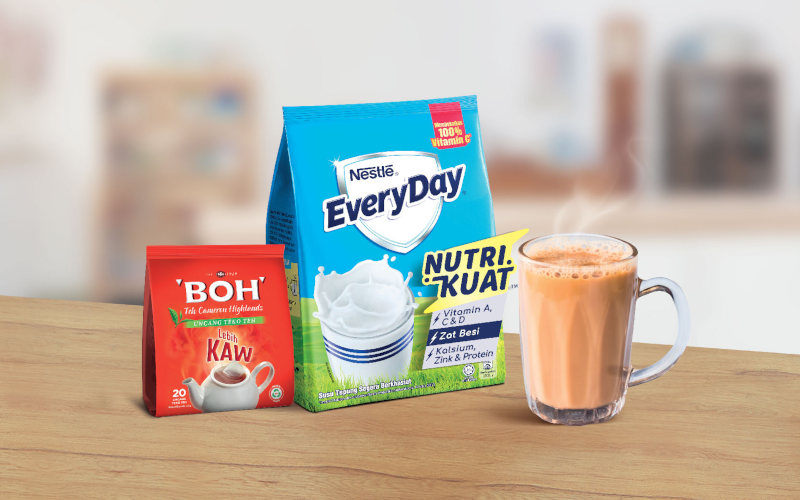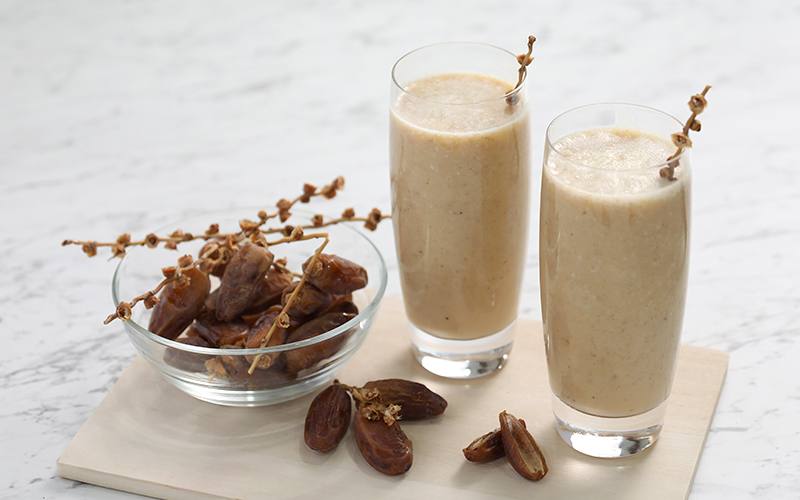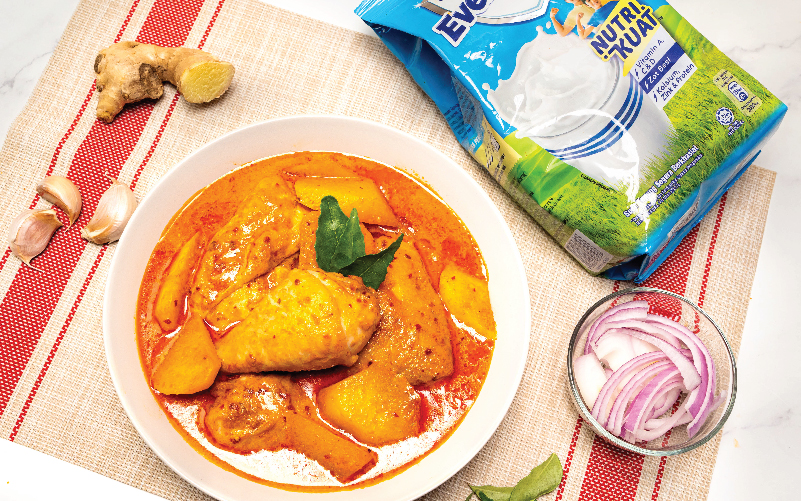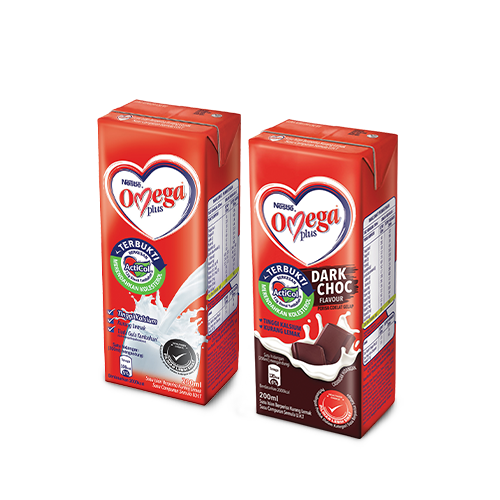Tips To Manage Cholesterol Level

Did you know that 1 in every 2 Malaysians have high cholesterol? And almost 40% of Malaysians are not aware that they have high cholesterol! While it can be a major risk factor for cardiovascular disease (CVD), there are certainly clever ways of combatting and controlling your cholesterol level. Lowering high cholesterol does not have to be difficult. Apart from medication, there are many other ways to adopt a healthy lifestyle.
-
Quit unhealthy fats
Maintaining a healthy diet is crucial for lowering your cholesterol level. Hence, to lower the risk of heart disease and reduce blood cholesterol levels, it is important to limit your intake of certain foods. Most high-fat meats, poultry skin, and high-fat dairy foods are high in saturated fat, so make sure to limit your intake. Saturated fats increase LDL cholesterol and is found in fatty cuts of meat, poultry with skin, whole milk dairy products, butter, lard and ghee. As for trans fat, which is common in biscuits, frozen pizza, fried foods, baked goods, and processed snacks, avoiding it altogether is a completely safe move! -
Get more healthy fats
Cutting down on saturated fat and replacing it with unsaturated fat can improve cholesterol levels. Opting for healthier, nutritious food that can help regulate or lower your cholesterol is key. Monounsaturated fat and polyunsaturated fat are considered “heart-healthy” fats. Vegetable oils (Olive oil, canola oil and peanut oil), avocado, cashew nuts, hazel nuts, macadamia nuts and almonds are rich in monounsaturated fat, whereas sources of polyunsaturated fat include trout, sardine, tofu, mackerel, tuna, anchovies and seeds, such as sesame seeds and sunflower seeds.
When consuming healthy fats, moderation is key. Consuming too much good fats will lead to excess calorie intake and eventually weight gain. When cooking with oil, opt for cooking oil that is high in unsaturated fat and low in saturated fat like canola, olive, corn, or peanut oil. Nuts and seeds are good sources of unsaturated fats. One small handful of nuts and seeds per day is good for the heart and blood vessel health.
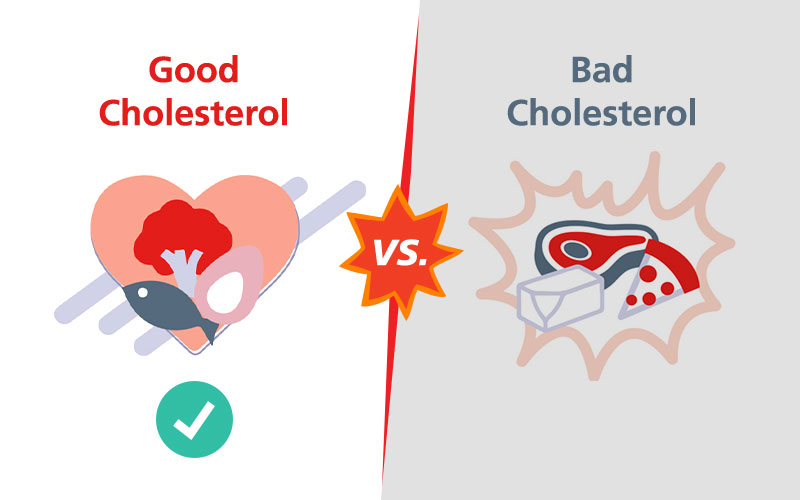
-
Soluble fibre is always better
Apart from actively supporting regular bowel movements, soluble fibre may also lower cholesterol level. Broccoli, black beans, sweet potatoes, pears, and nectarines are high in soluble fibre, so load up on them regularly!
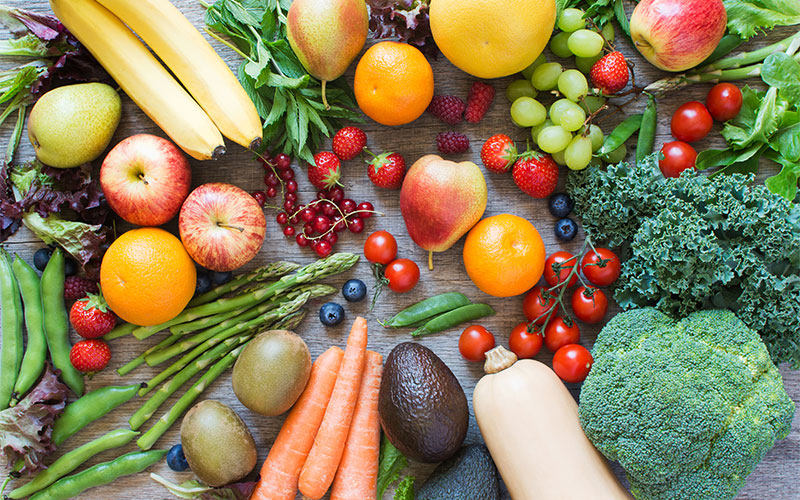
-
Eat more fish
Eating omega-3 fatty-rich fish 2 to 3 times a week can help raise “good” cholesterol or High Density Lipoproteins (HDL) level. Salmon, tuna, and mackerel, for example, may also protect the heart from blood clots and inflammation.
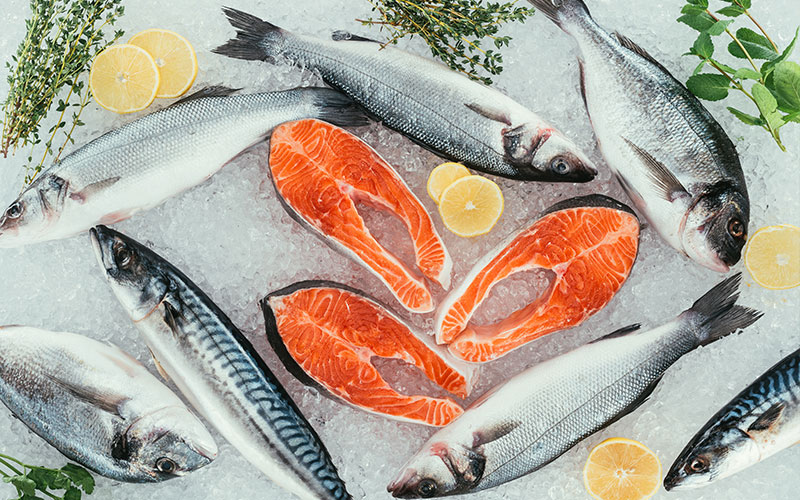
-
Limit sugar, salt, and alcohol
Cutting down sugar, salt, and alcohol can help lower the blood pressure, and eventually, prevent one from being overweight as it can lower your HDL level. High sugar intake contributes to excess calories and obesity. It can also increase triglycerides levels in the blood. These are contributors to heart and blood vessel diseases. High alcohol intake can lead to liver damage, weight gain, high blood pressure and high triglycerides. If you do drink, limit your consumption to one standard drink per day for women and two standard drinks a day for men. Remember to opt for sugar-free, low-salt, or “no-added seasonings” foods for your meal!
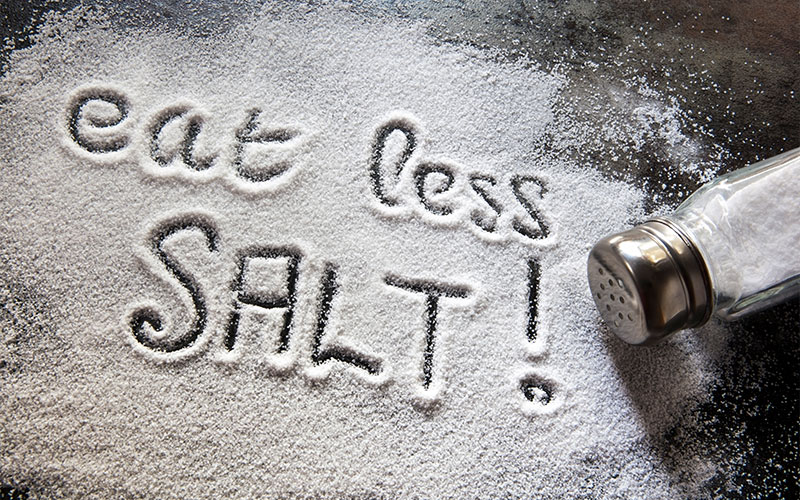
-
Get moving
Exercise is key when it comes to a healthy heart. Physical exercises, such as running and walking are essential in maintaining healthy body weight and reducing risks of diabetes and heart diseases. Read more on creative ways to exercise at home and workplace here. Hyperlink this to the exercise & lifestyle article -
Practice the A-B-C
When eating out, remember the golden rule of A-B-C (add, buy, change). Add extra vegetables in chosen dish, such as leafy greens and ulam to your plate. As for B, buy fruits to go with your meal, or buy a packet of cherry tomatoes or baby carrots to add to your veggie-less dish or fast food. Last, but not least, change your meaty dish to a fishy one, or change your side dish (if it’s usually mashed potatoes or fries) with a healthier option like coleslaw or fruit salad! Easy, right?
Source:
https://www.healthline.com/health/heart-disease/good-fats-vs-bad-fats#polyunsaturated-fat
https://www.healthline.com/nutrition/foods-high-in-soluble-fiber












